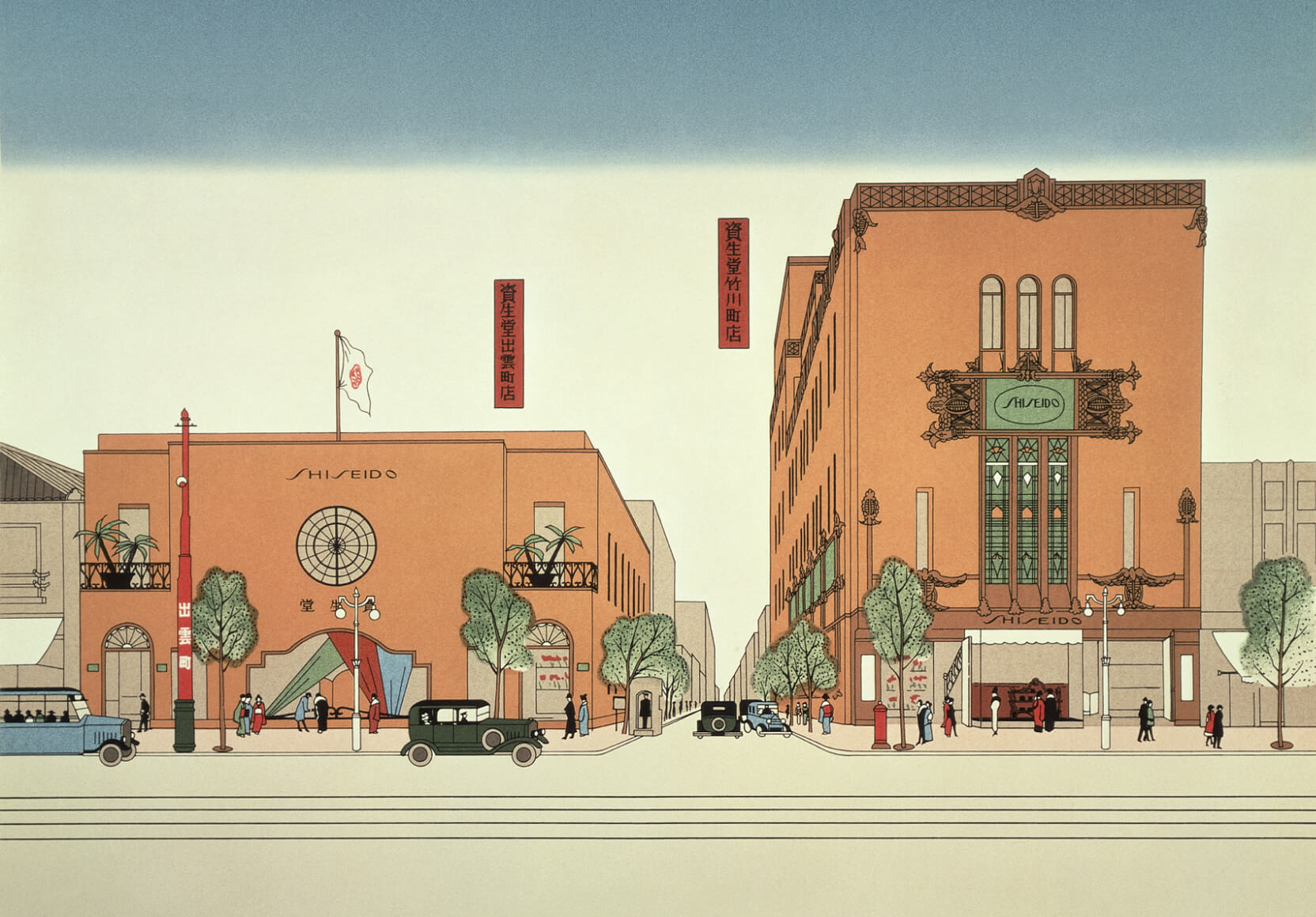
Shiseido Parlour was established in 1902 as Japan's first "soda fountain," producing and selling soda water and ice cream -which was still a rarity at the time. This section traces the history of Shiseido Parlour, which has continued to value the spirit of hospitality since its establishment.
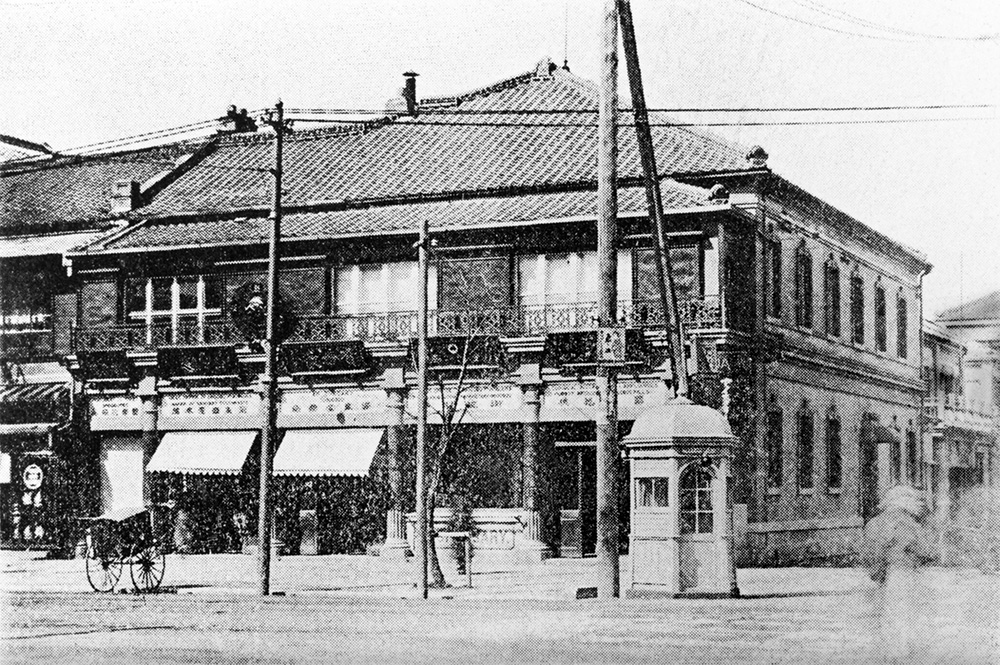
1872
Arinobu Fukuhara established Japan's first private Western-style dispensing pharmacy (later Shiseido) in Ginza, Tokyo.
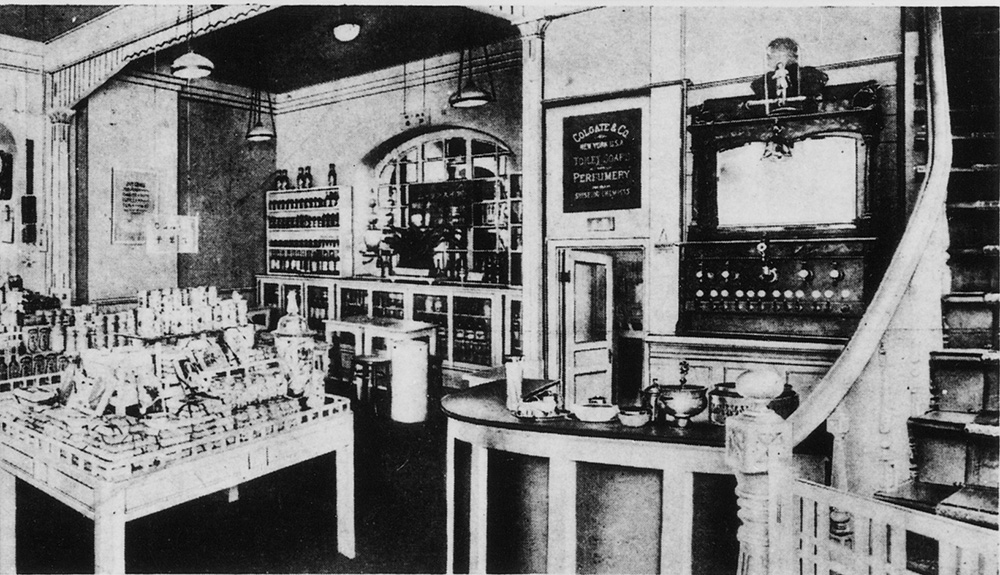
1902
Japan's first soda fountain, which produced and sold soda water and ice cream, which was still rare at the time, was established within Shiseido Pharmacy. This soda fountain later developed into "Shiseido Parlour" as a restaurant business. (The company was founded at 1 Izumo-cho, the current location of the Tokyo Ginza Shiseido Building (Ginza 8-8-3).)
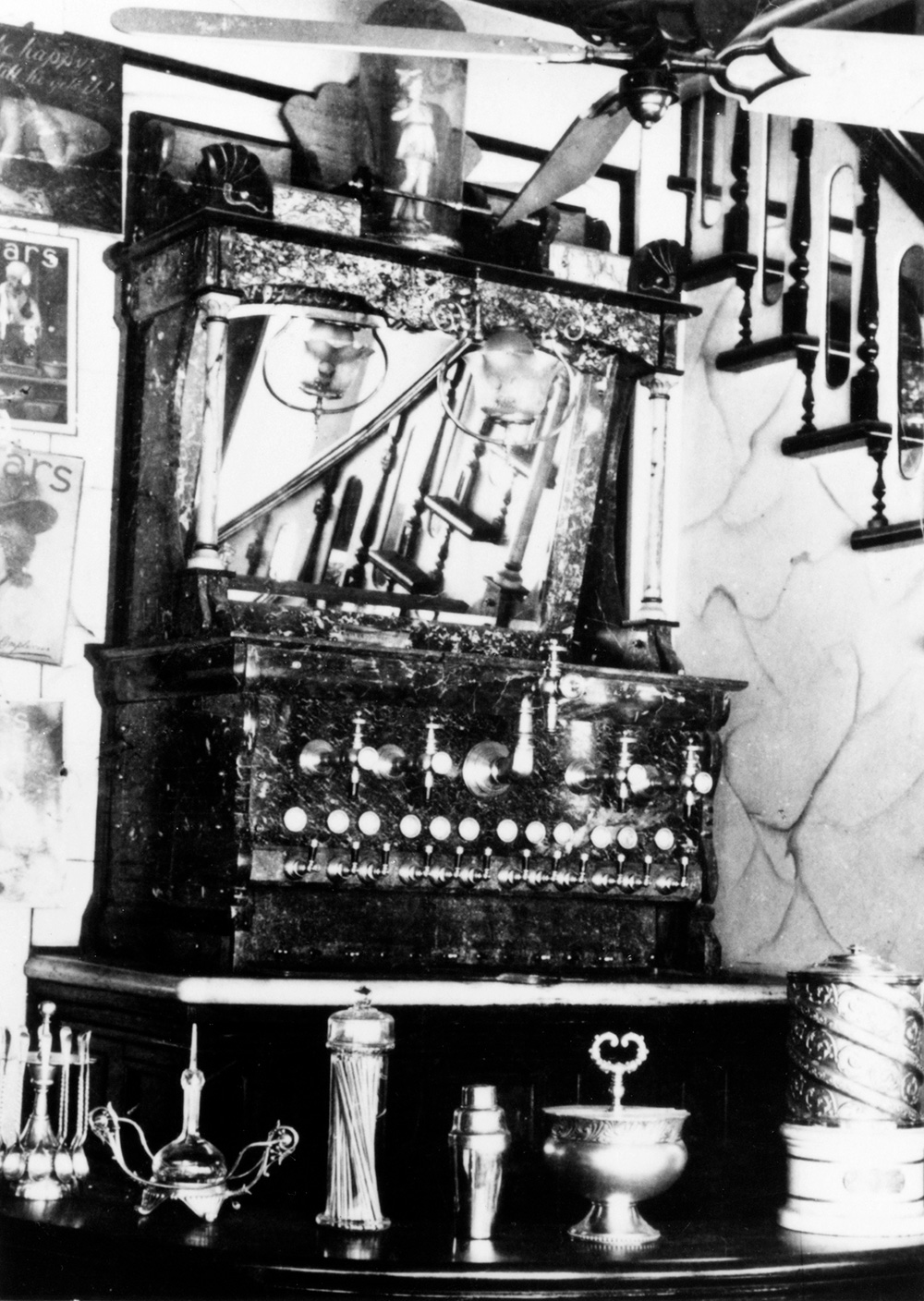
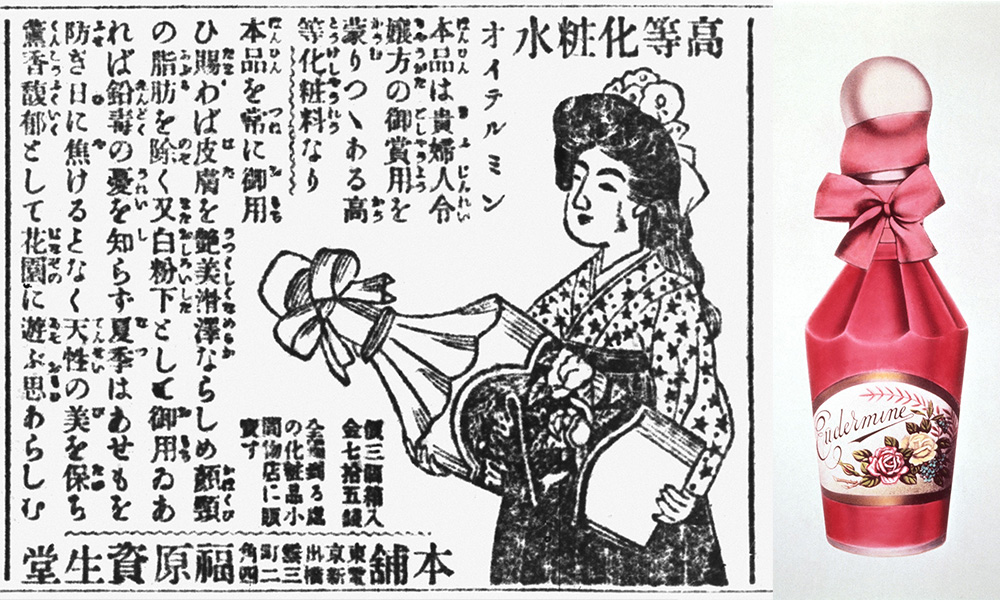
The customers at the time were the geisha working in the Shimbashi district of Tokyo. For every glass of soda water, a bottle of "EUDERMINE " (introduced in 1897), a lotion, was offered as a free gift. Soda water was advertised as the perfect beverage to quench the thirst of drunken customers, and became a big hit, as well as a major attraction of Ginza. The soda fountain is said to have greatly increased the number of customers to the pharmacy. There was an episode in which a shamisen stand was built later in the establishment for geisha to take a break with soda water from their shamisen practice.
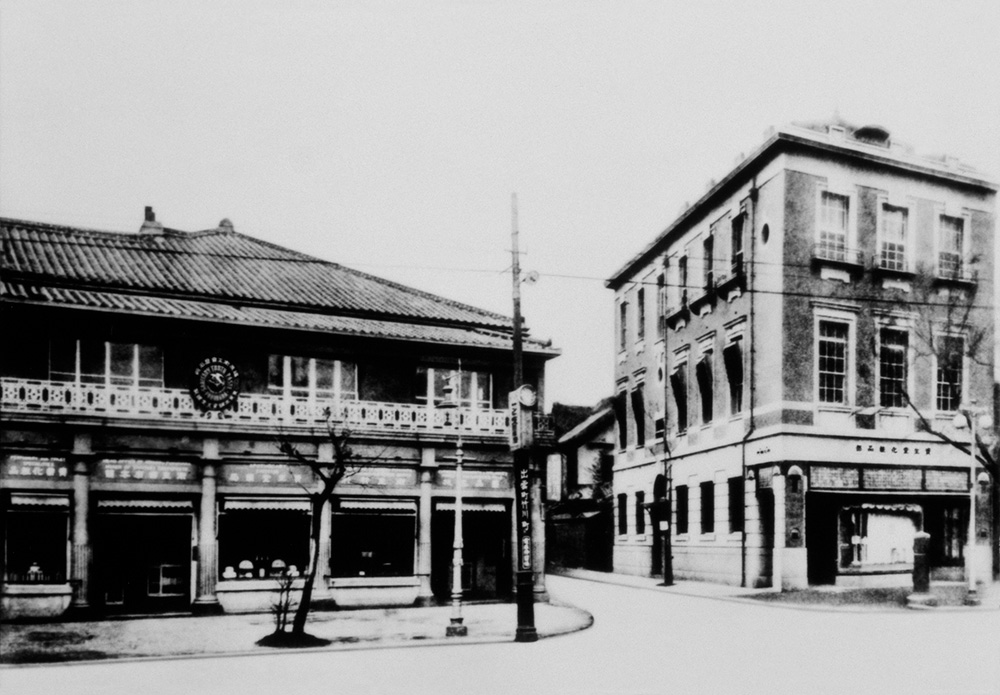
1916
Shiseido created the cosmetics department as an independent department and renamed it the "Takekawa-cho Store" (currently the FUKUHARA GINZA Building) and renamed the old store the "Izumo-cho Store" (currently the Tokyo Ginza Shiseido Building), retaining the pharmaceutical and beverage departments (Shiseido Parlour).
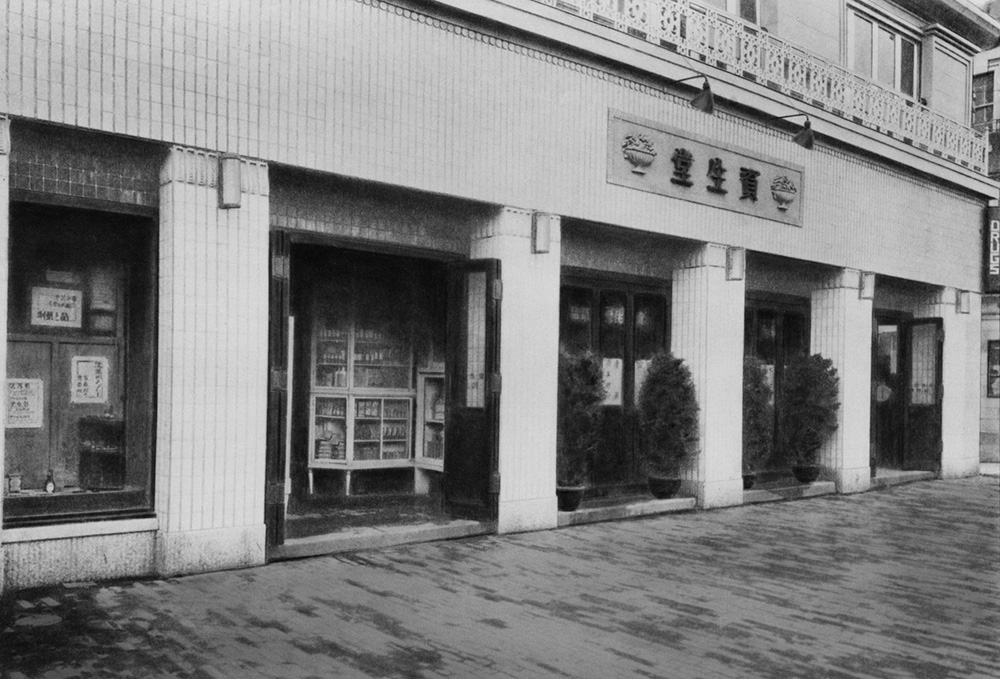
1921
The building was renovated with white tiles on the exterior, white paint on the second floor, and white railings to create a building intended to be a "palace of white." The building was designed by Kenjiro Maeda (a graduate of the Tokyo Fine Arts School’s Department of Architecture who was a personal admirer of American architect Frank Lloyd Wright who designed the Imperial Hotel).
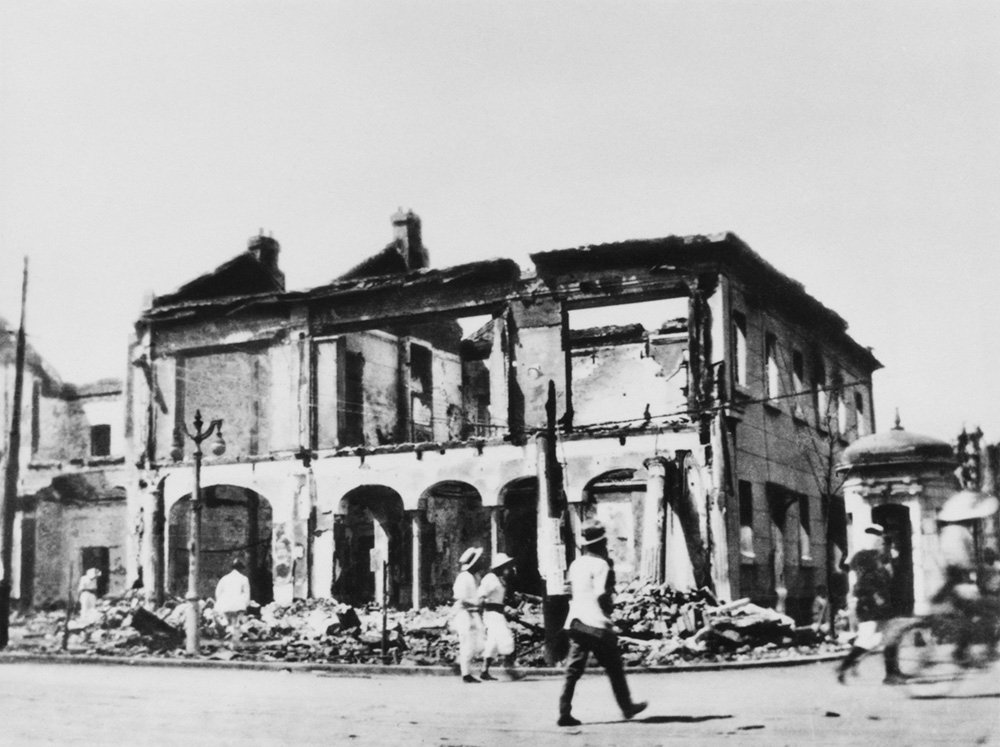
1923
In September, Ginza was completely destroyed by the Great Kanto Earthquake. Shiseido's cosmetics department in Takekawa-cho and beverage department in Izumo-cho were also completely destroyed.

In November, two months after the earthquake, a one-story temporary building was constructed in Izumo-cho and business resumed. Designed by Riichiro Kawashima, a Western-style painter living in Paris, the exotic exterior with white walls and purple window frames created a European atmosphere.

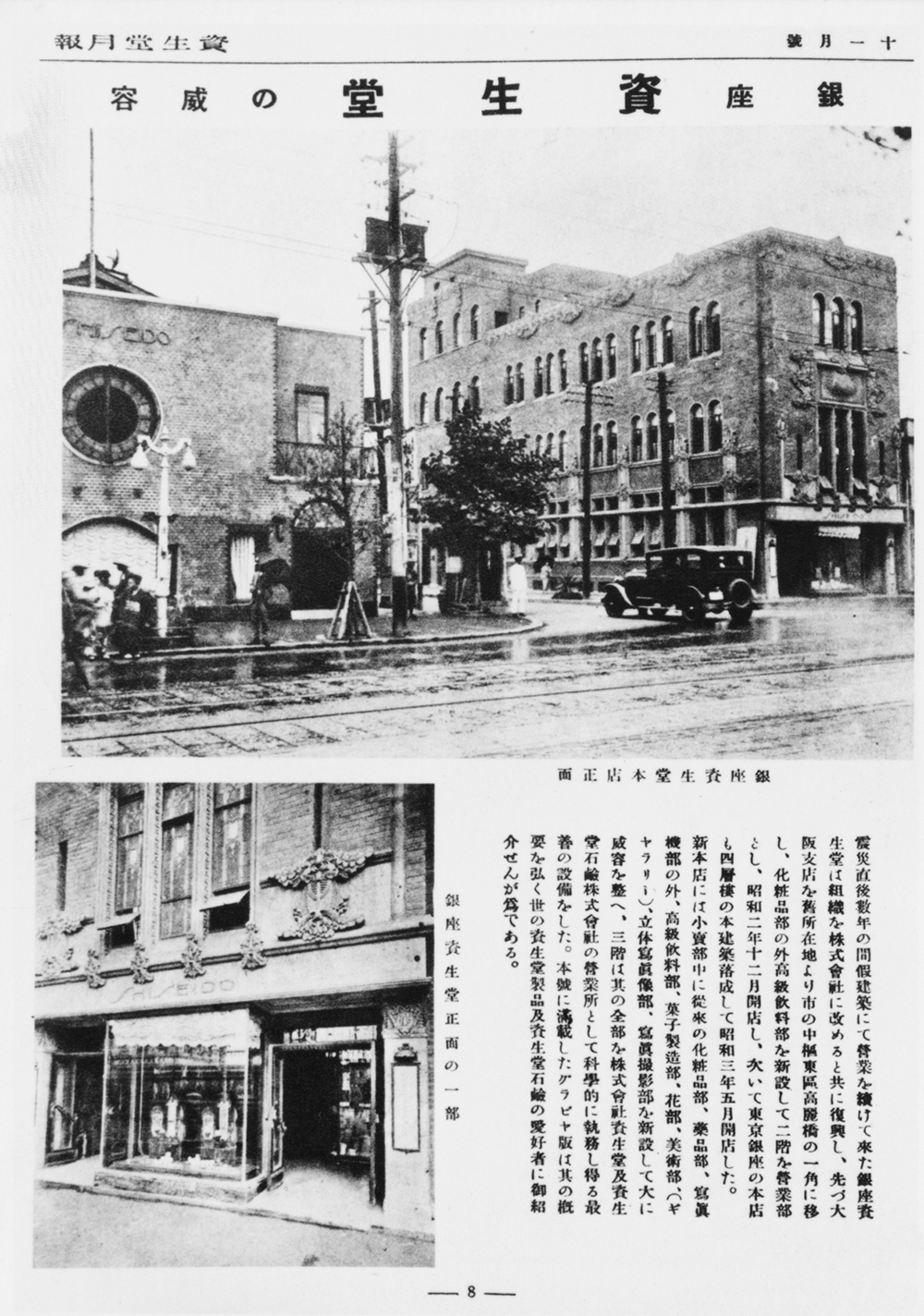
1928
In May, the Takekawa-cho Store was newly renovated and reopened as a Shiseido cosmetics store.
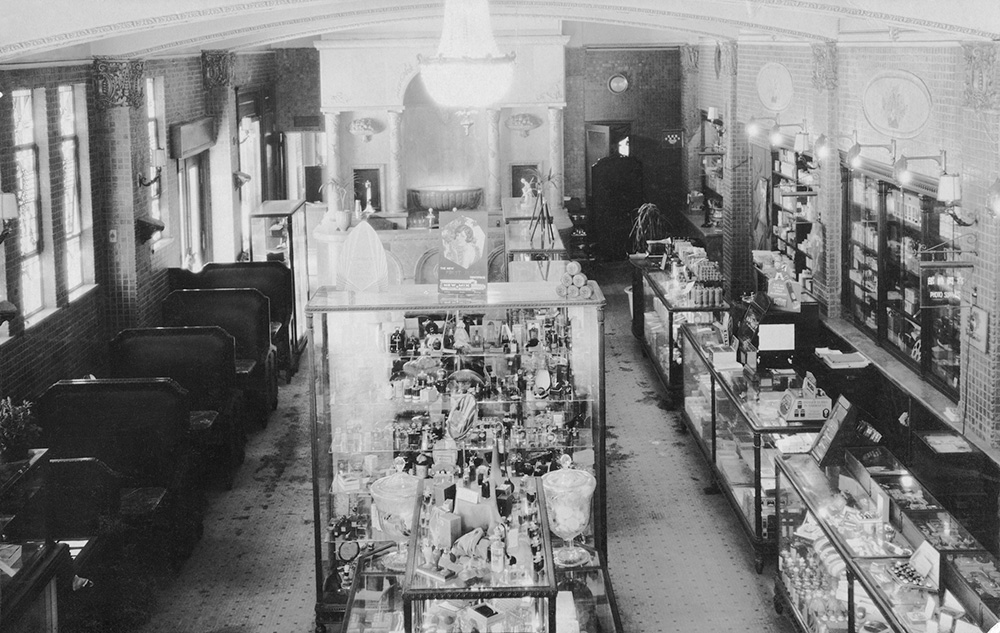
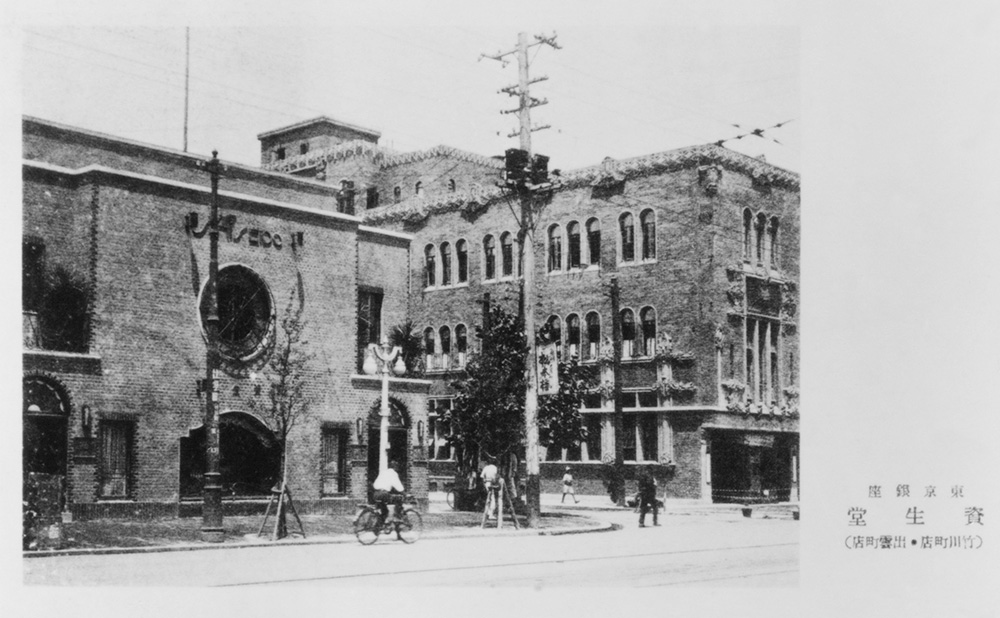
In July, the Izumo-cho Store was remodeled into the "Shiseido Ice Cream Parlour" and opened as a restaurant offering authentic Western cuisine.
(The name at the time included the popular word "ice cream".)
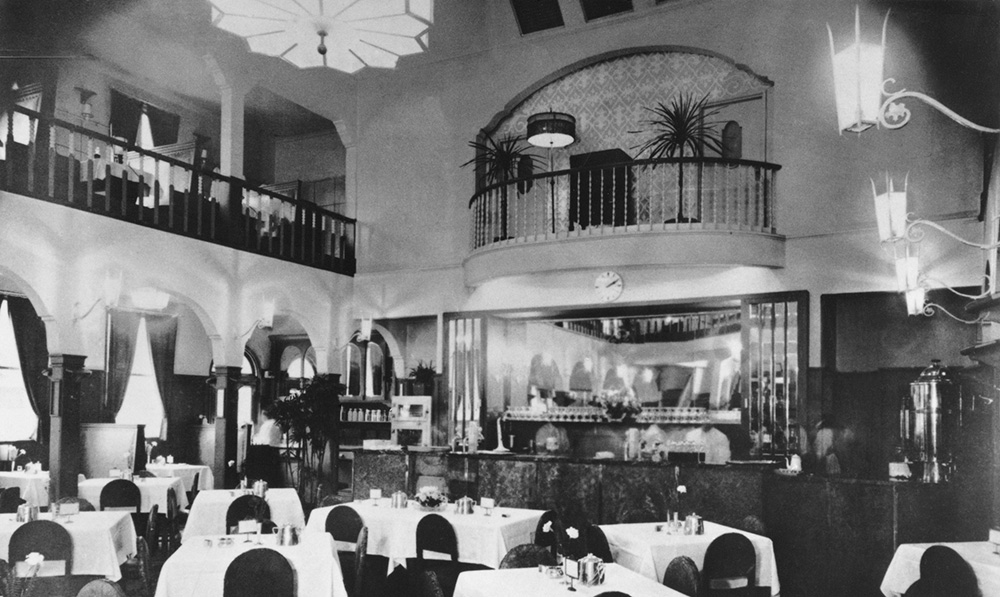



Seizaburo Iida was the first executive chef when the restaurant opened. The sous chef was Einosuke Takaishi. Under them were 10 cooks and 15 waiters, all male. The waiters, who had just graduated from elementary school, were dressed in white coats with collars and brass buttons. They had their hair cropped short and addressed their colleagues and juniors using the suffix "don" to indicate respect.
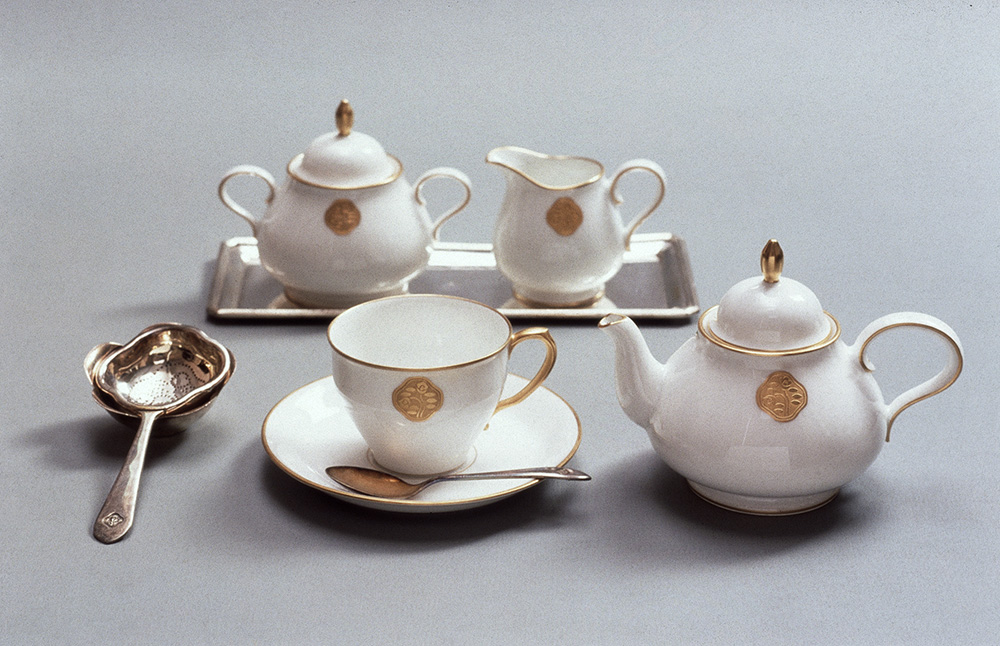
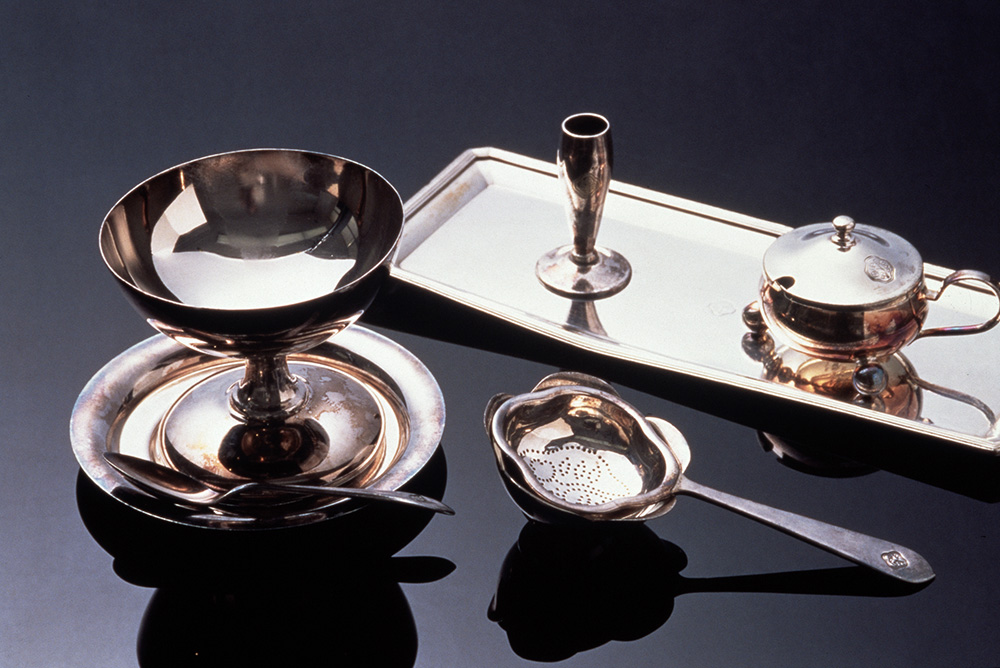
Silverware and porcelain used since the late 1920s are special order items
1930
The names of the districts in Ginza were changed to become the current names.
(The location of Shiseido Parlour was renamed from "Izumo-cho" to "Ginza 8-chome".)
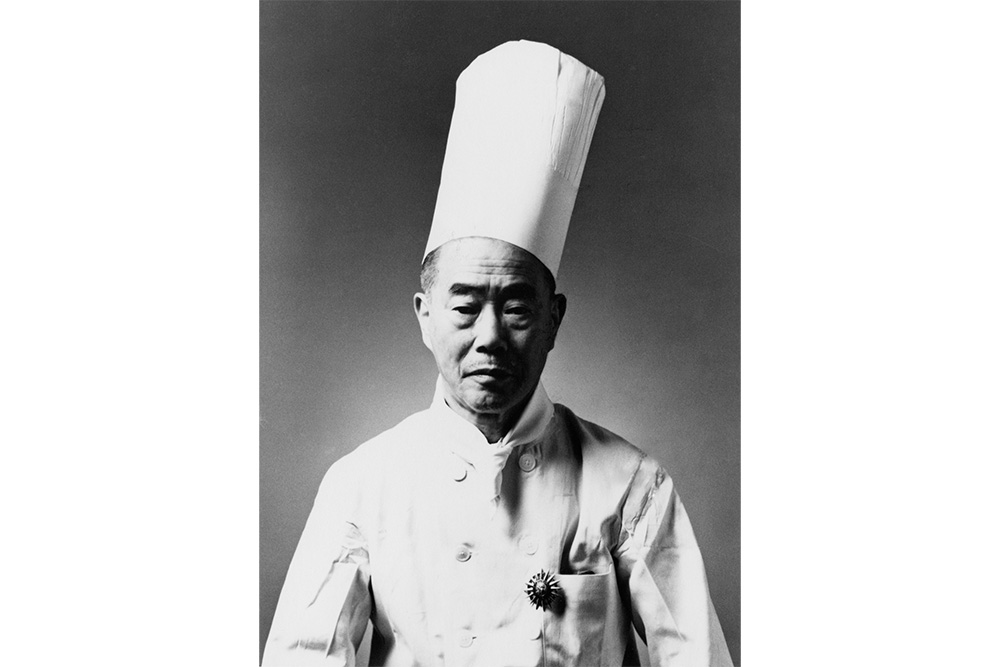
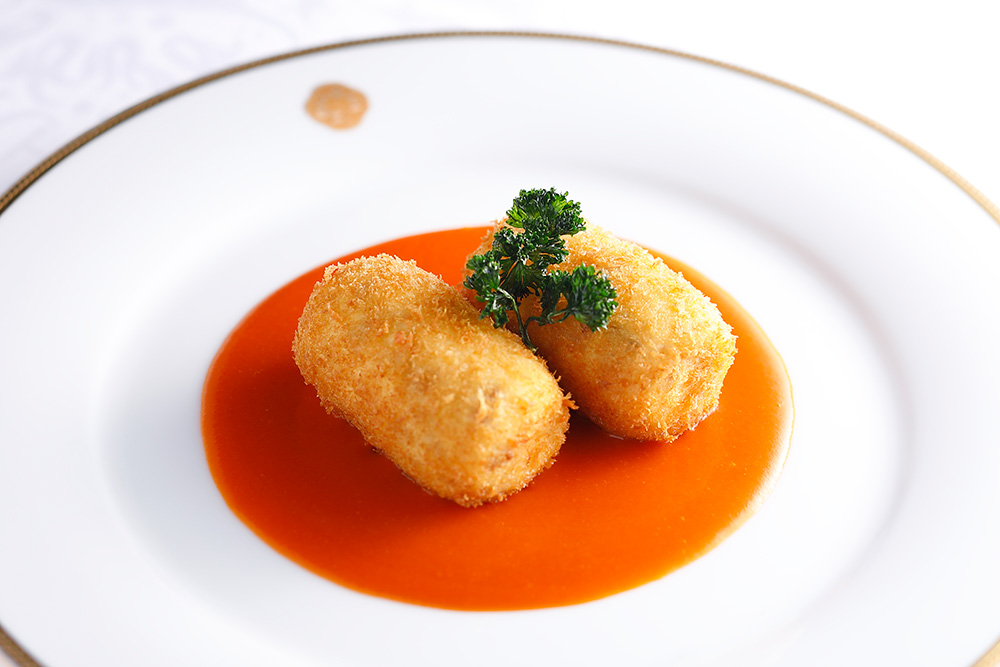
1931
Einosuke Takaishi invented the "meat croquette," which remains popular to this day


1932
Started full-scale production and sales of "BISCUIT HANATSUBAKI."
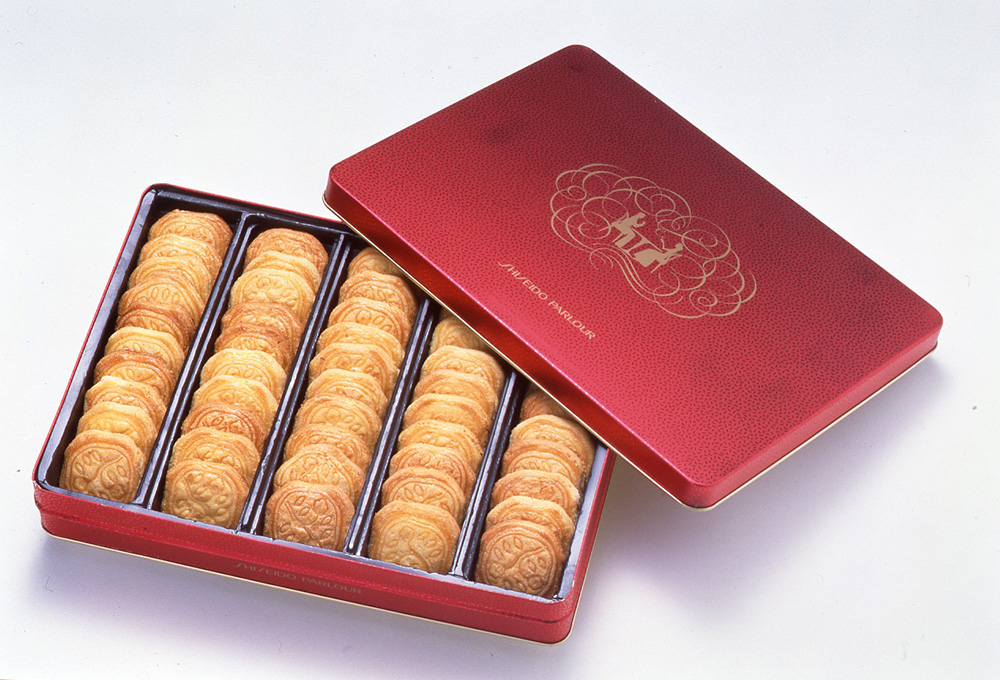

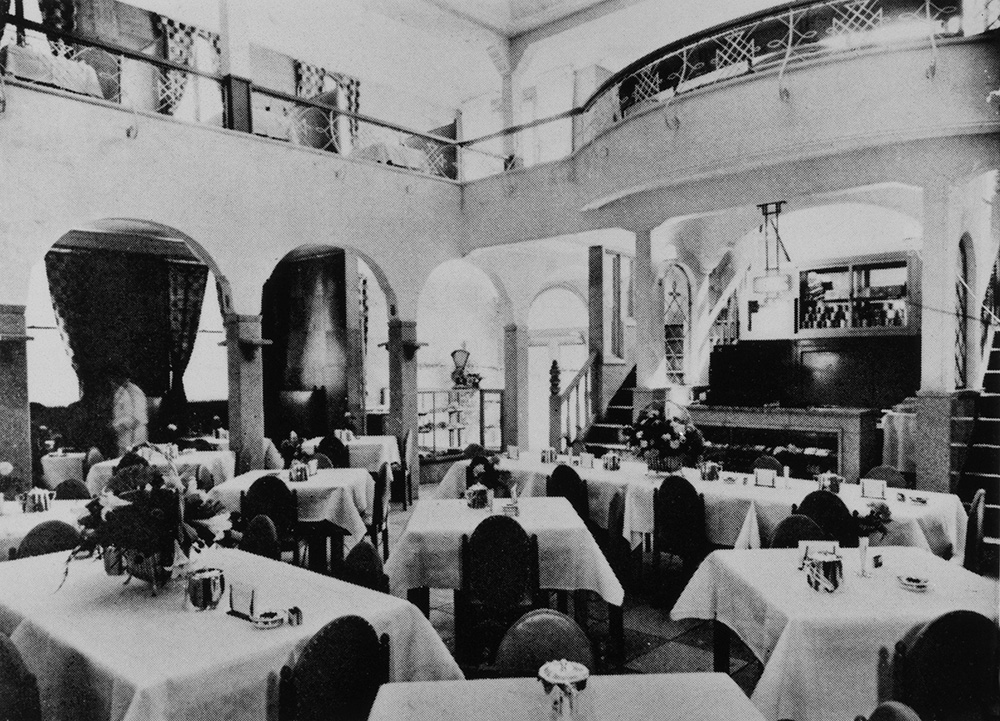
1934
Renovated exterior circular windows to square, interior railings, etc.
1950
"BISCUIT HANATSUBAKI" resumes postwar sales.
1954
Trademark changed to "Shiseido Parlour Co., Ltd."
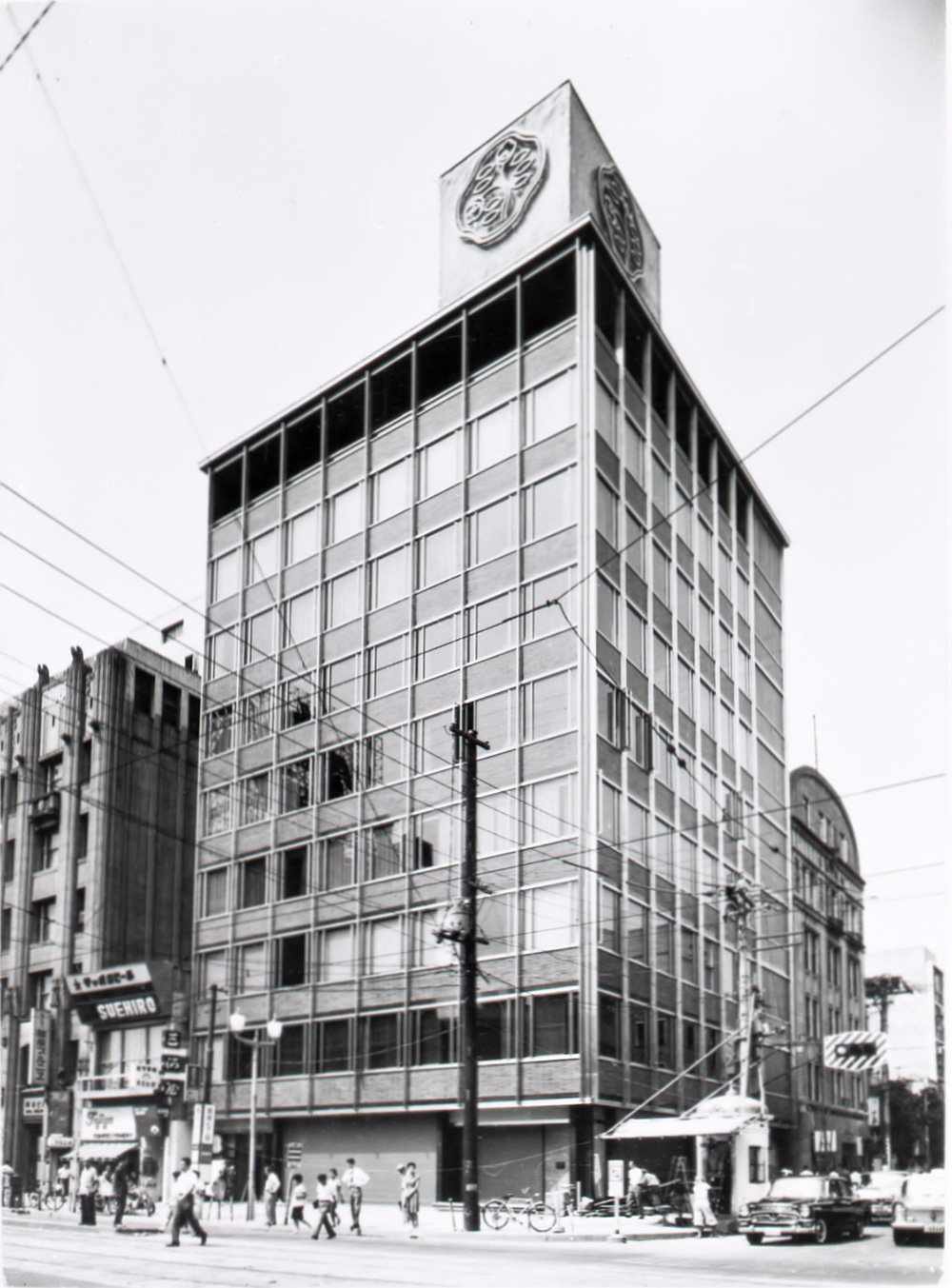
1962
In September, the Shiseido Kaikan was completed. Designed by Yoshiro Taniguchi, the architect who designed the Crown Prince's Palace. With 9 stories above ground and 3 below, it was the tallest building in Ginza at the time, measuring 50.075 meters from the ground to the top of the penthouse.
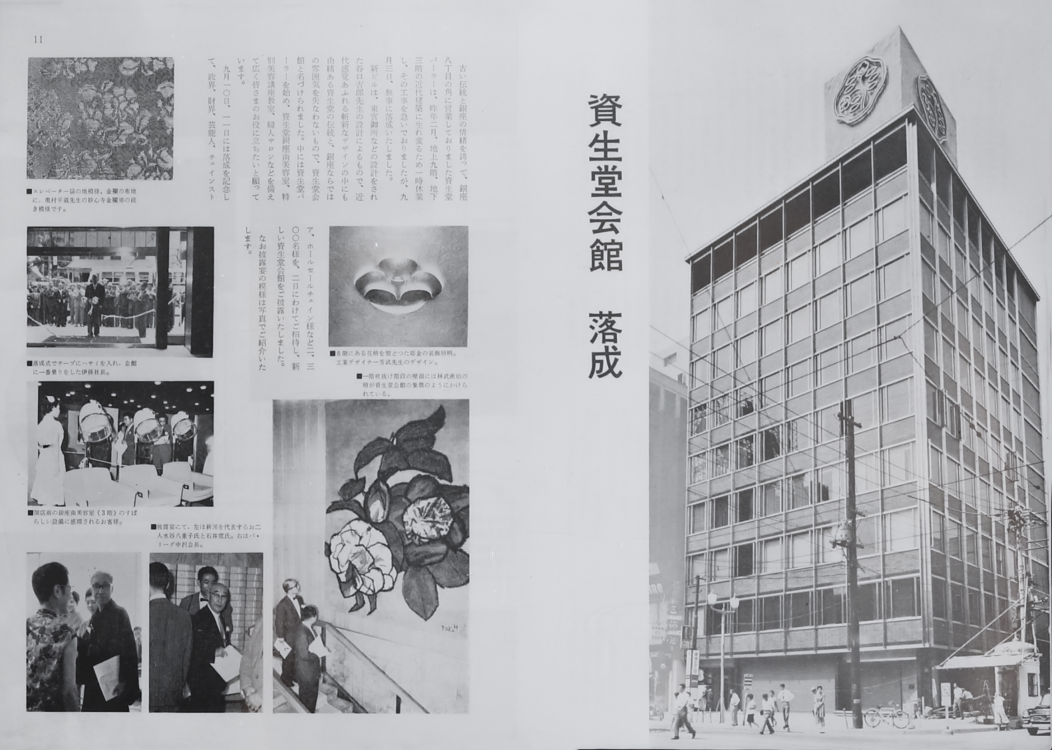
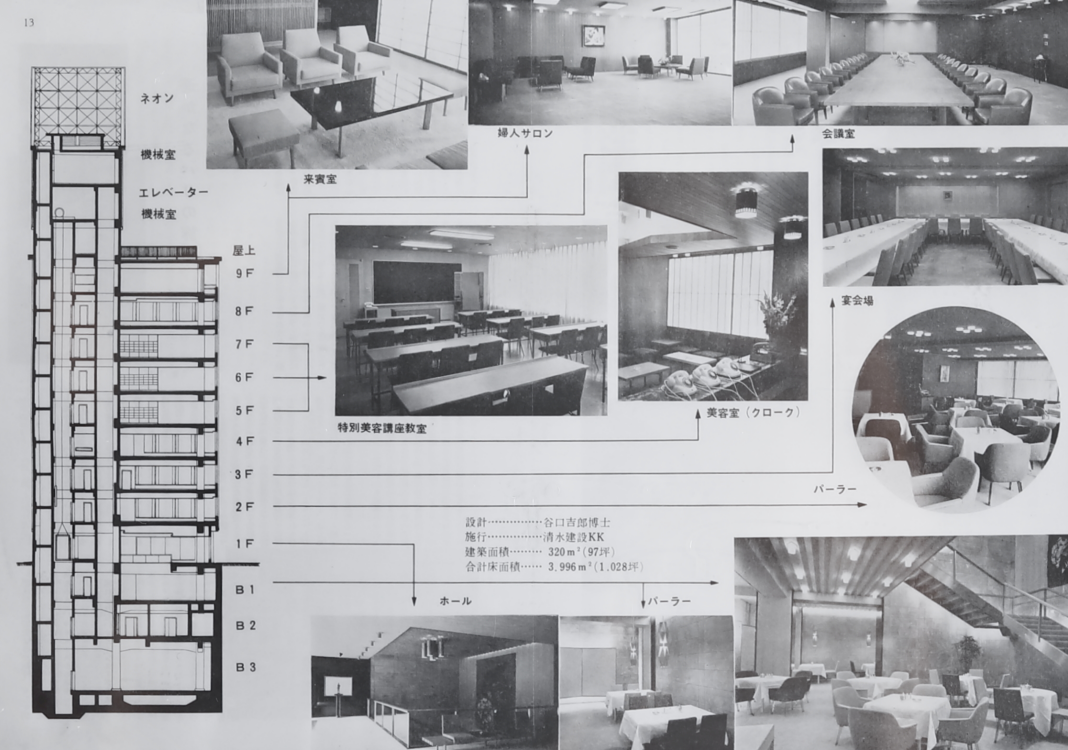

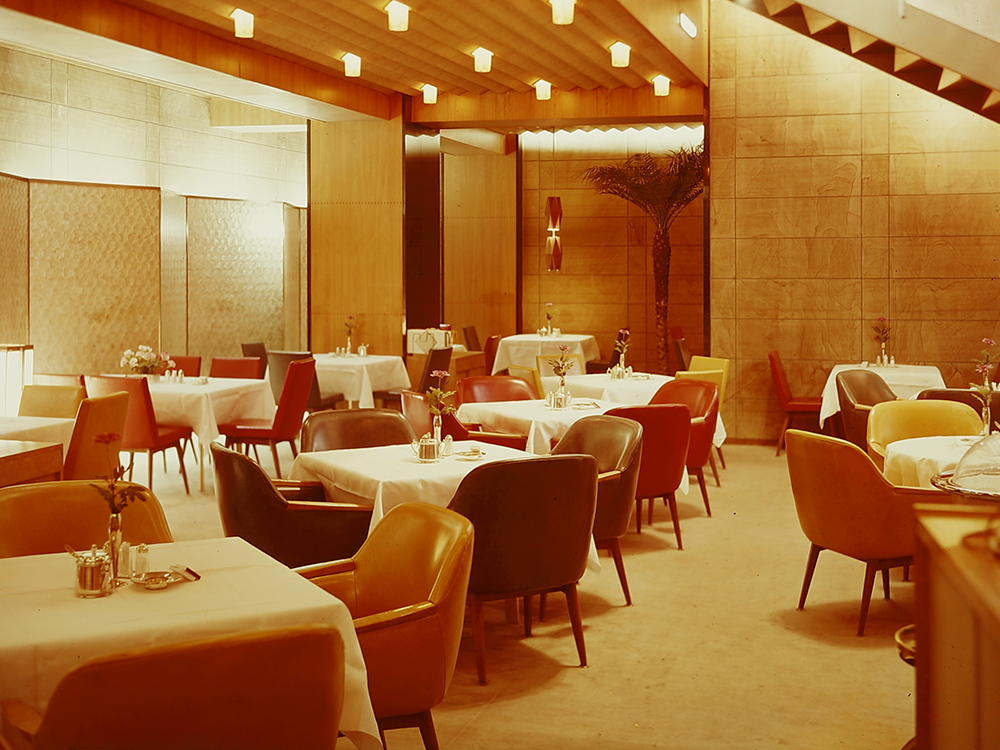
1973
In December, the Shiseido Kaikan underwent a complete renovation and was reopened as the Shiseido Parlour Building. The Restaurant L'Osier, serving French cuisine, and Bar L'Osier were opened, and a new coffee shop, Salon de Café, was established.

1974
The retort-pouch food "Gourmet Foods" was launched.
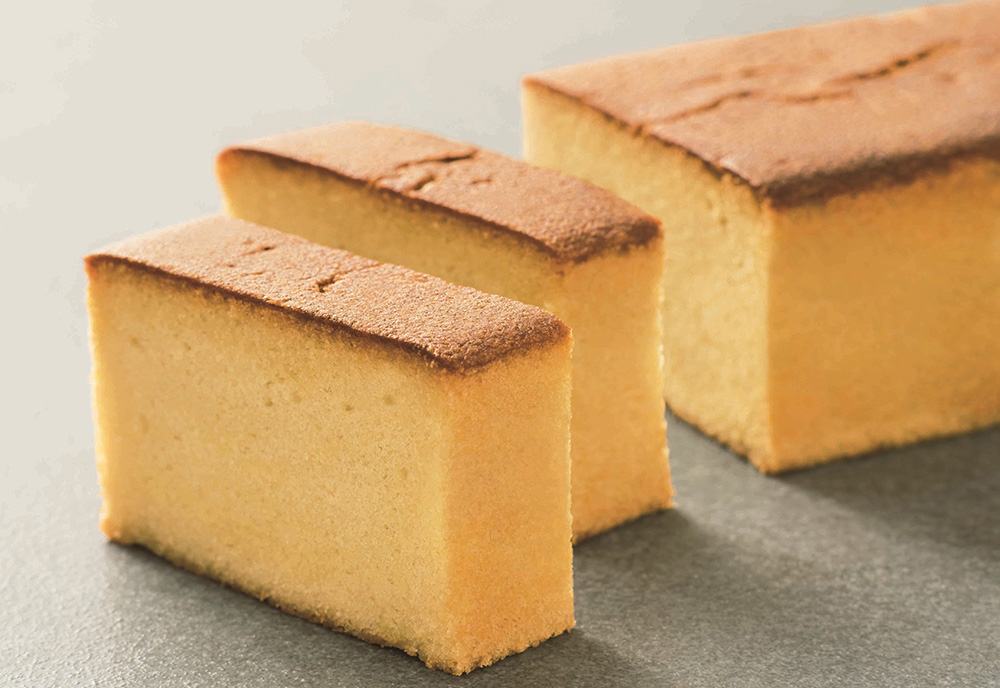
1978
"BRANDY CAKE" launched.
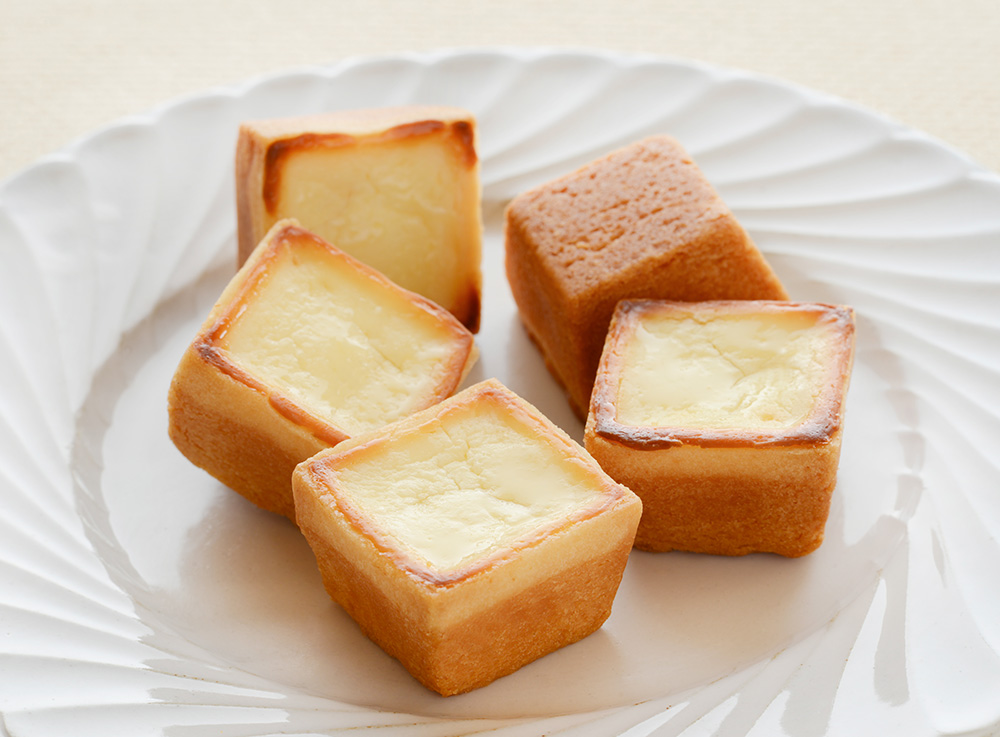
1978
"CHEESE CAKE" launched.
1984
"Restaurant Cuisine Shiseido" is opened in Uchisaiwaicho, Tokyo.
1985
“Shiseido Parlour Yokohama Takashimaya" is opened.
1985
"Shiseido Parlour Yokohama Sogo" is opened.
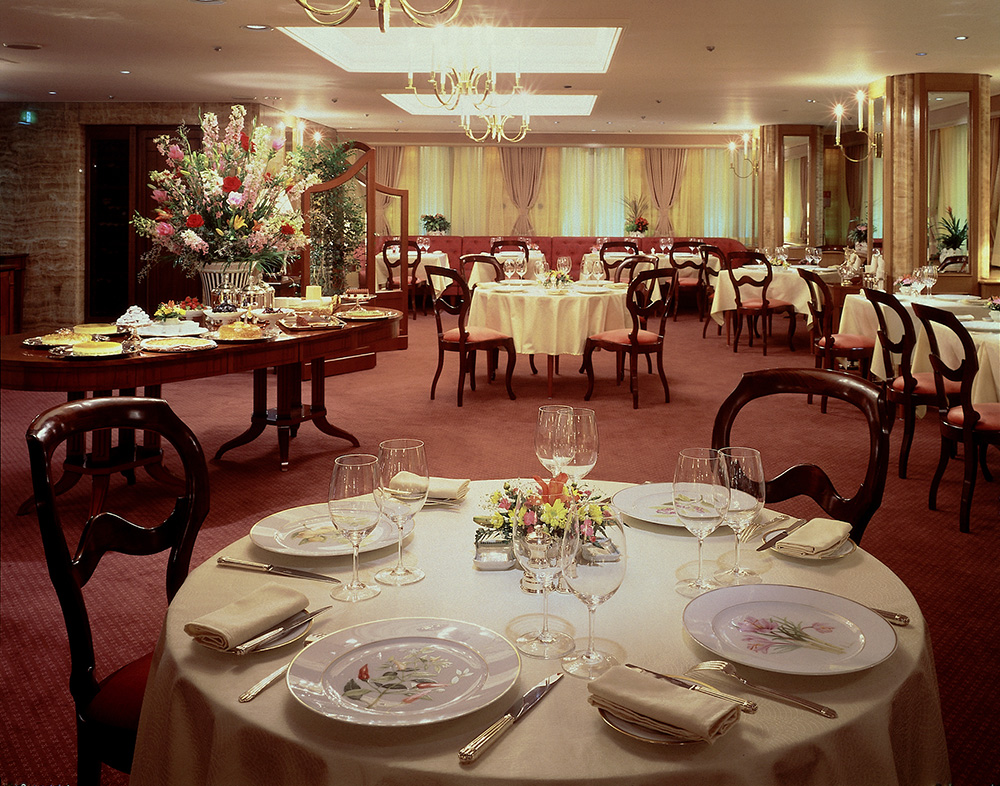
1986
Jacques Borie became Grand Chef of Restaurant L’Osier.
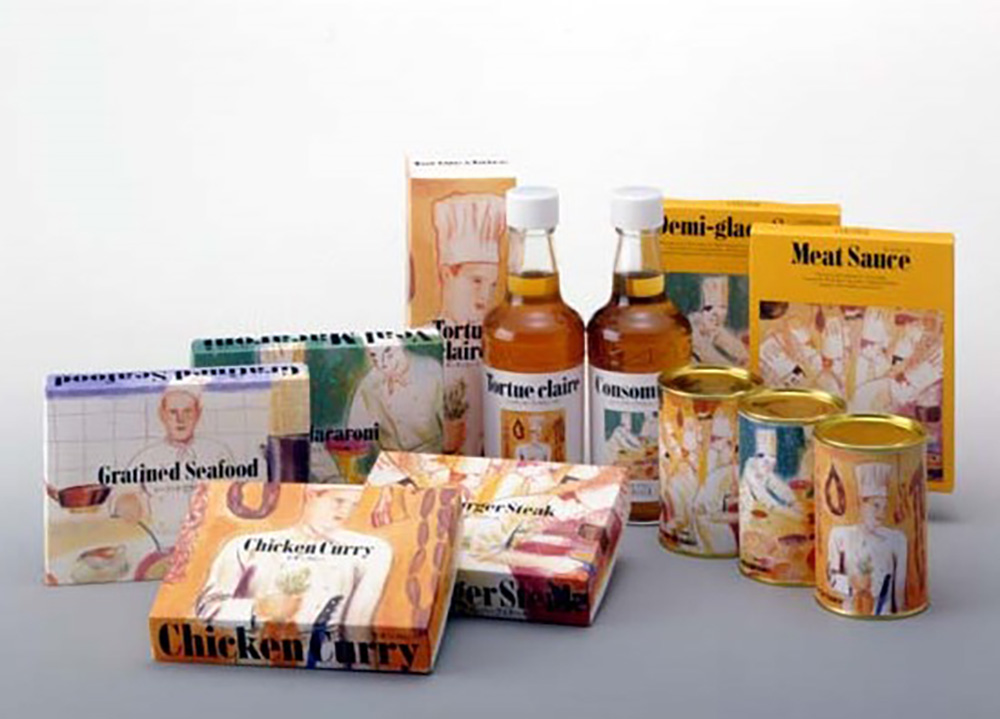
1989
Gourmet Foods renewed. Total design by Shin Matsunaga. Package design by Vivienne Flesher.
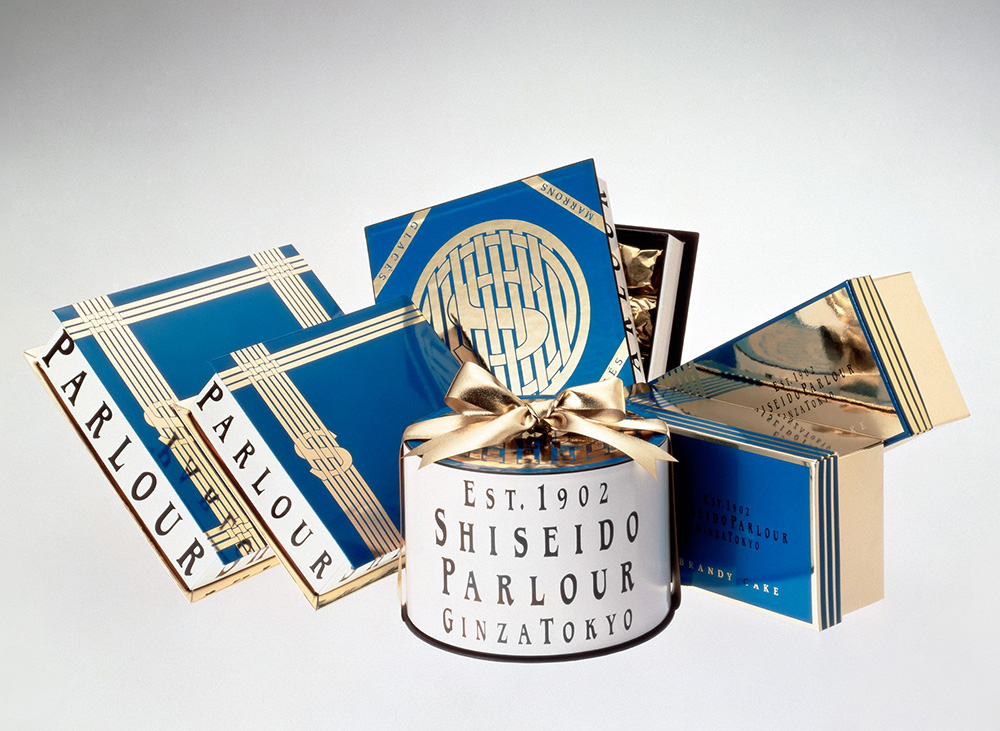
1990
Western-style confectionery completely renewed. Total design by Masayoshi Nakajo.
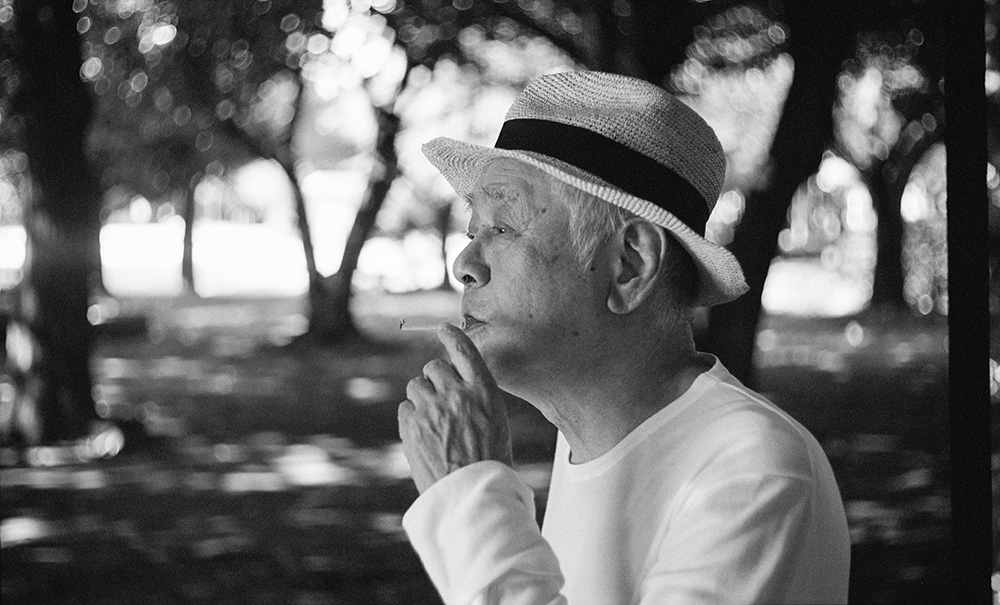
1992
Started operating the confectionery factory in Kasukabe City, Saitama Prefecture.
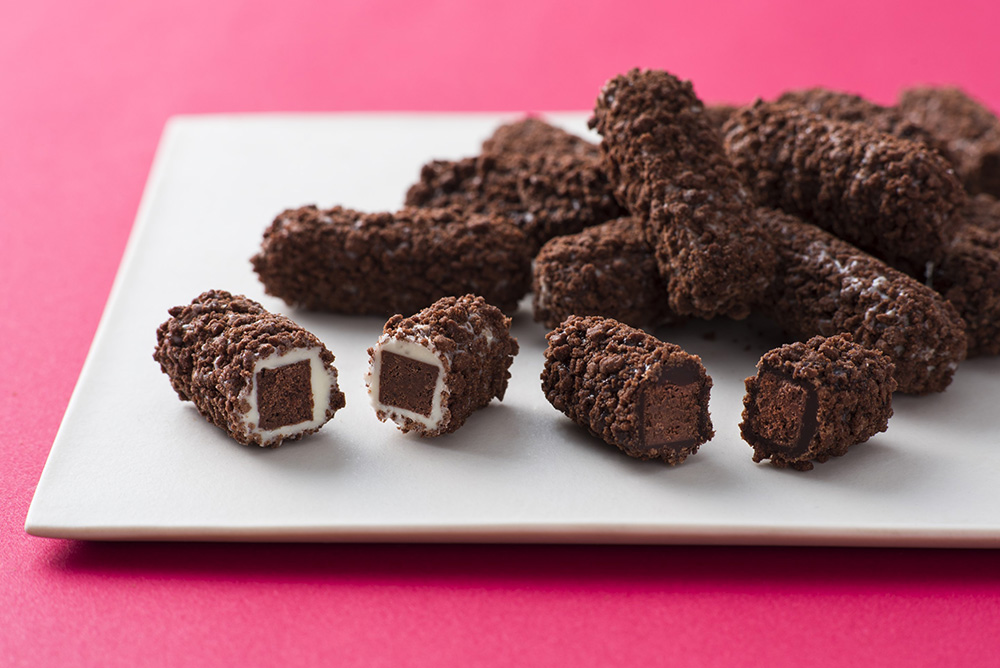
1994
Launched LA GANACHE in October.
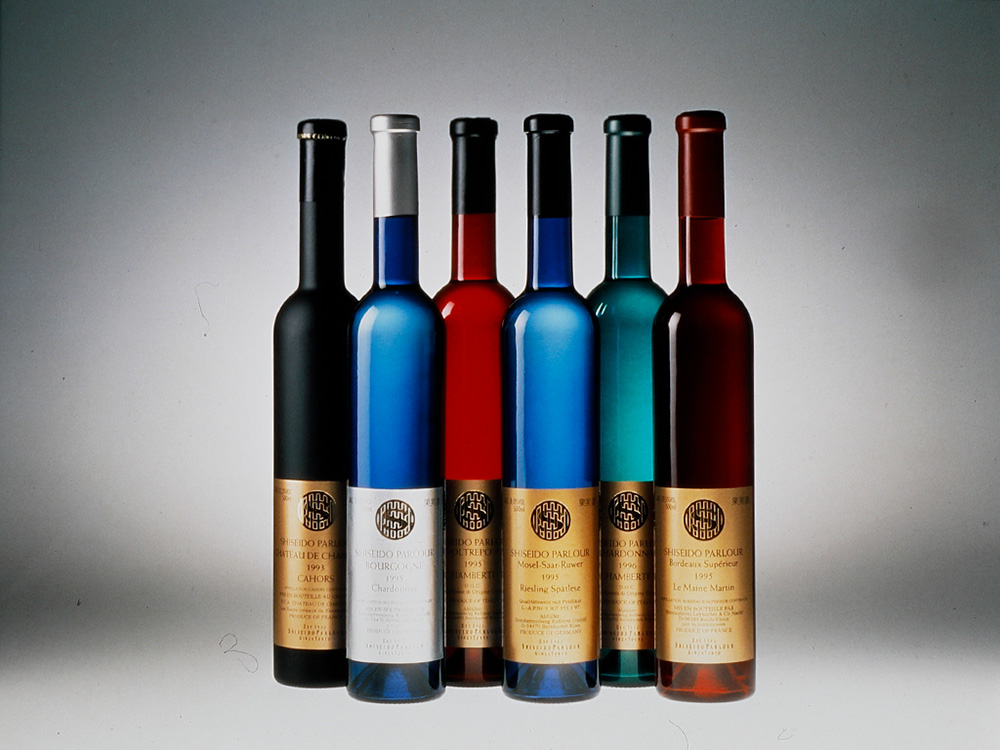
1996
June: Shiseido Parlour released its Blue Bottle wine. This was followed by wines in bottles of different colors and with calendar motifs.

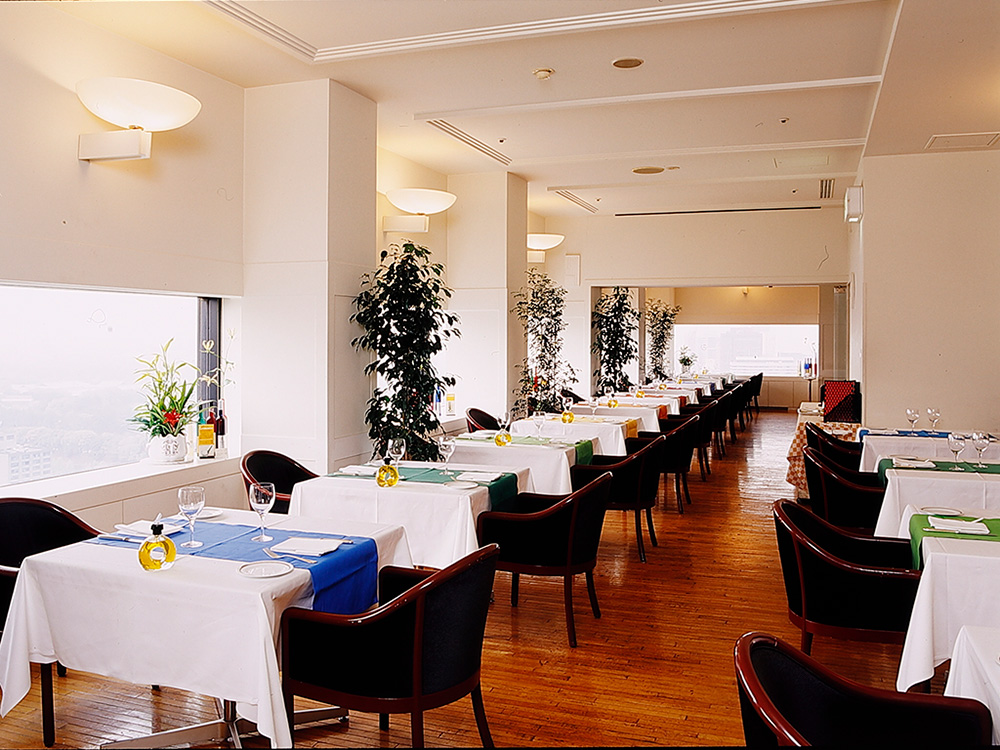
1996
October: Cuisine Shiseido reopened after renovation.
1997
June: The Shiseido Parlour Building temporarily closed for renovation.
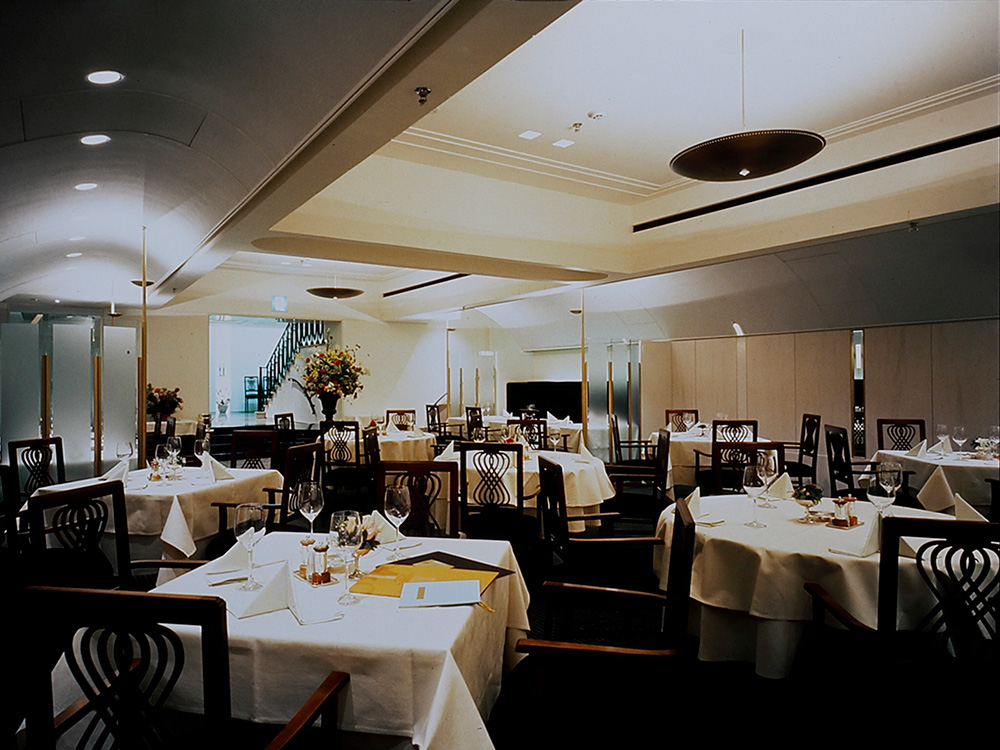
1997
June: The Shiseido Parlour Ginza 4-chome restaurant opened.

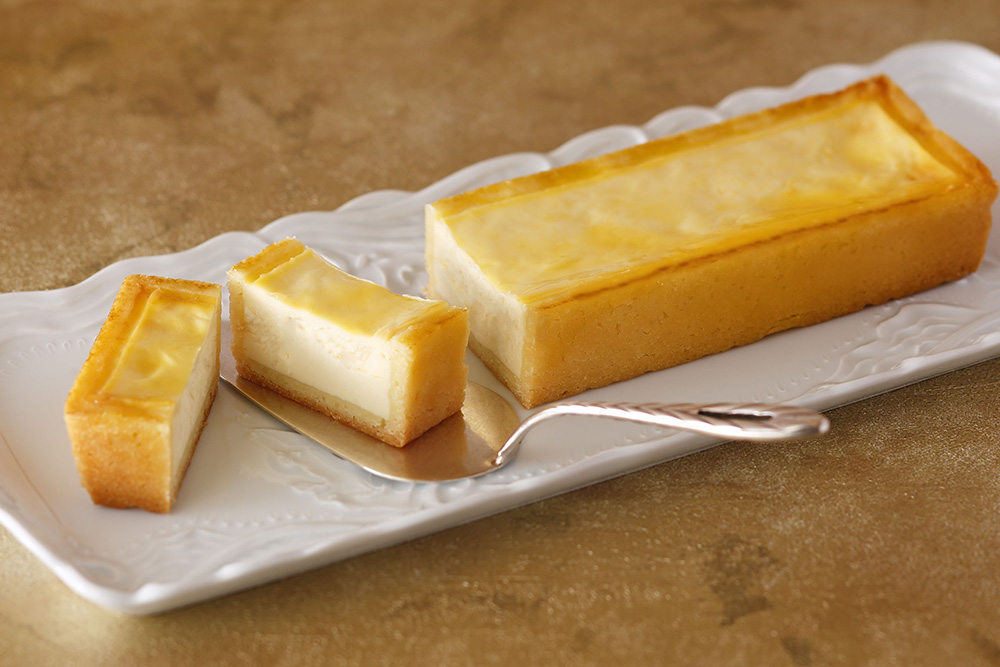
1997
June: Foods Shop & Tea Room "Shiseido Parlour GINZA SHOP" opened.
Launch of SPECIAL CHEESE CAKE and other products exclusive to the Ginza Shop.
1997
November: The Shiseido Parlour YAESU SHOP opened.
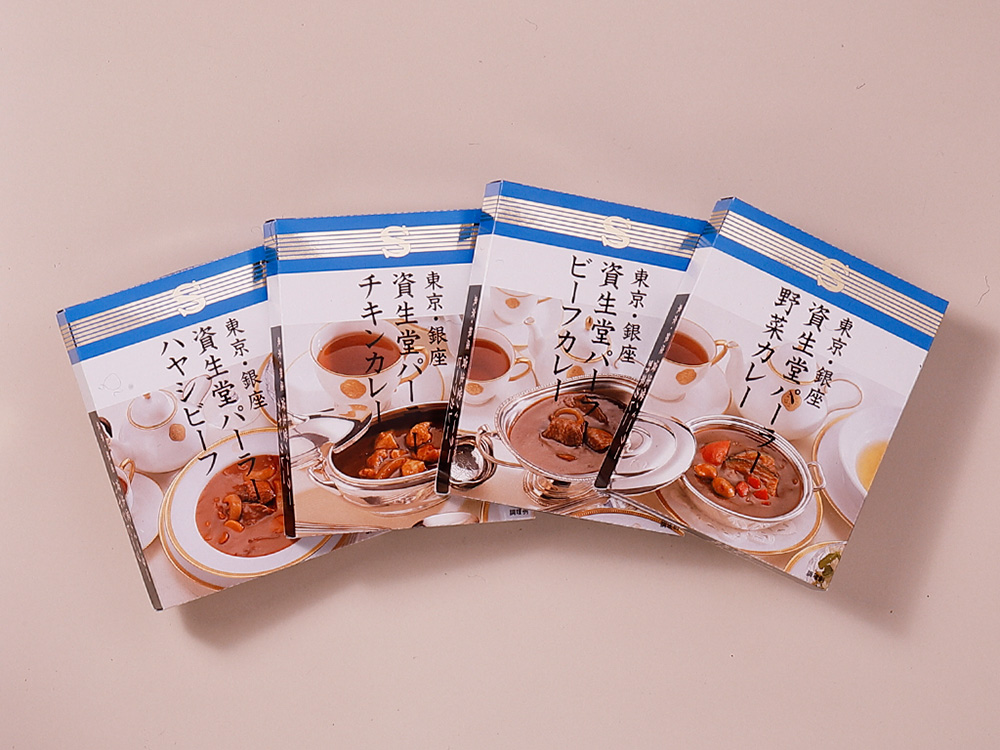
1998
The retort pouch "Western-style food series" launched in October.
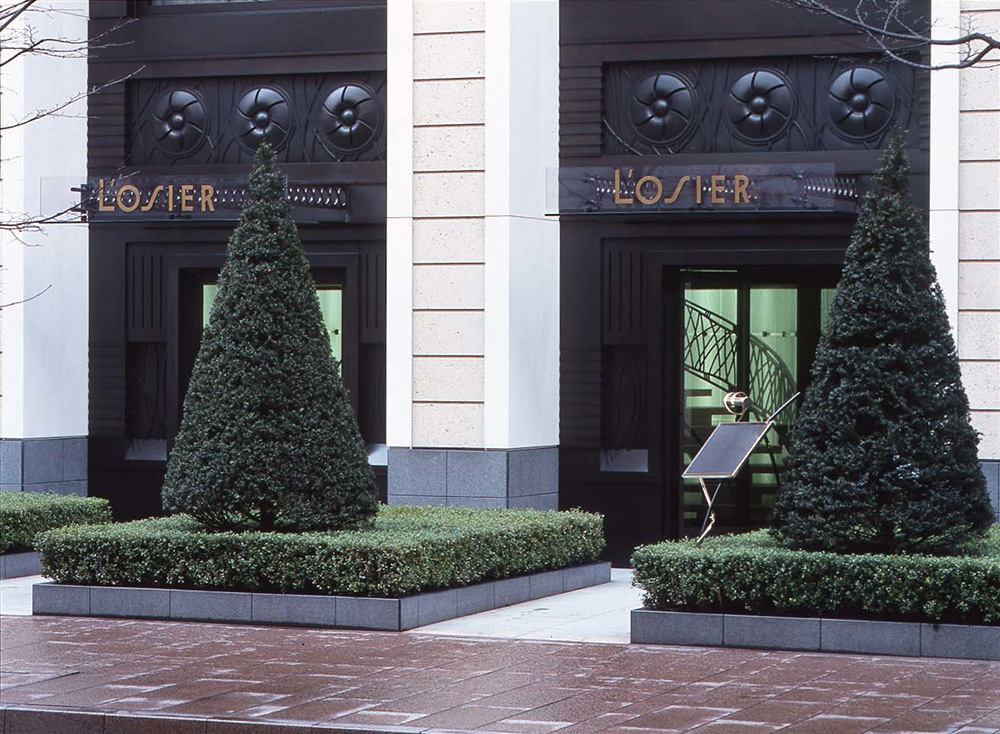
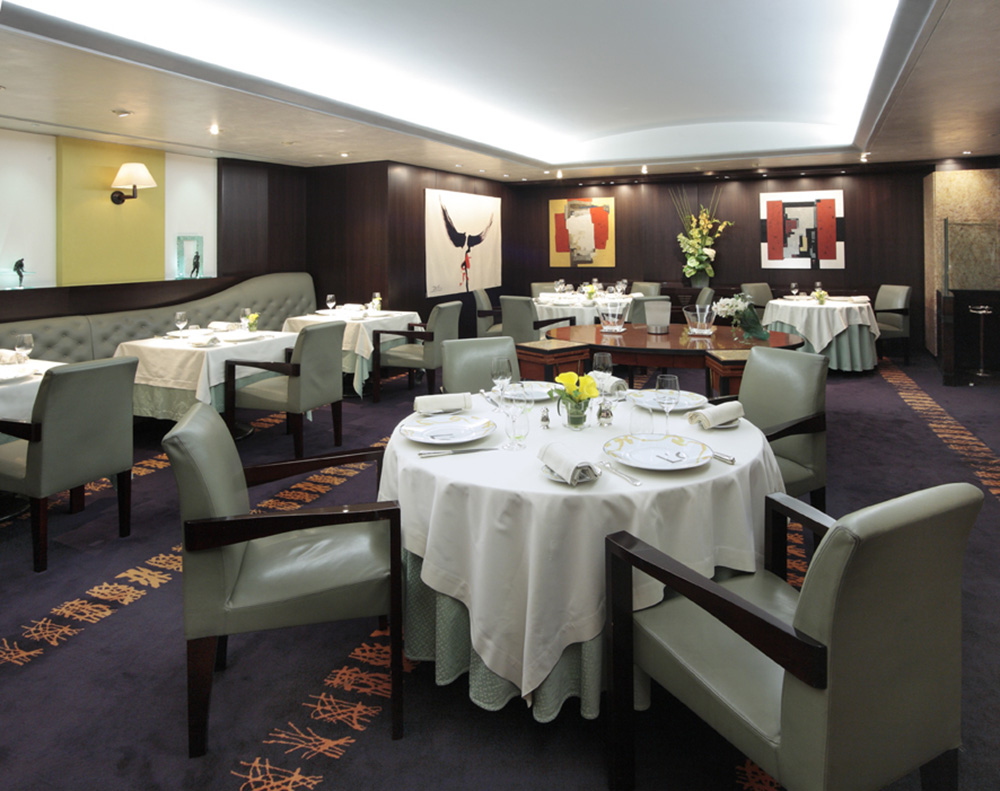
1999
Restaurant L'Osier moved to Namiki-dori for renewal reopening in October.
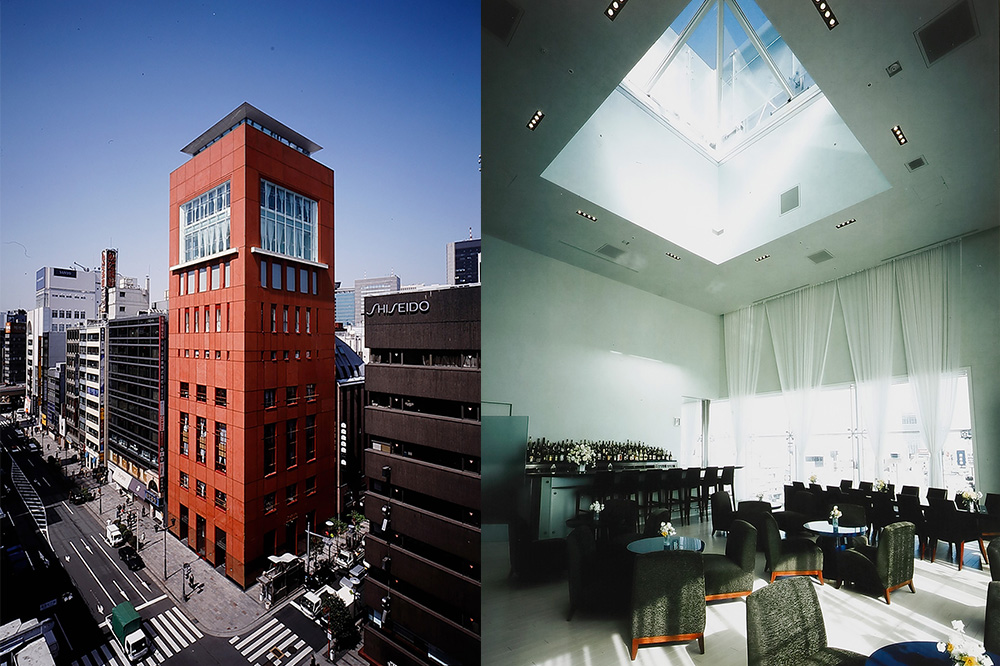
2001
The Tokyo Ginza Shiseido Building completed in March.
Completed as the first building to which the “Ginza Rule” of district planning was applied.
Designed by world-renowned Spanish architect Ricardo Bofill and built on the site of the former Shiseido Parlour Building, the Tokyo Ginza Shiseido Building embodies its Lighthouse of the Ginza moniker as the messaging hub for information on cuisine and culture. The cornerstone bears the inscription “Bambutsu Shisei” from which Shiseido derives its name, and the red brick exterior, symbolically reminiscent of the bygone Ginza Brick Town, is a favorite with many visitors.

2002
Celebrated the 100th anniversary of the company's founding. Commemorative 100th anniversary products featuring illustrations designed by Ayao Yamana were released.
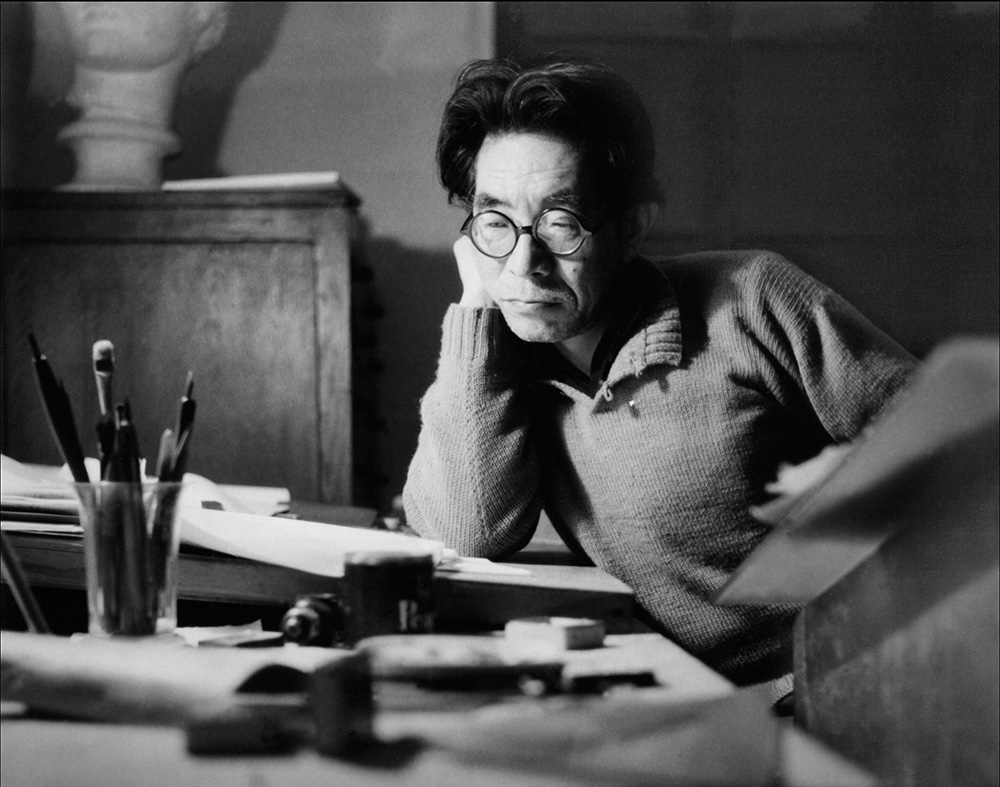
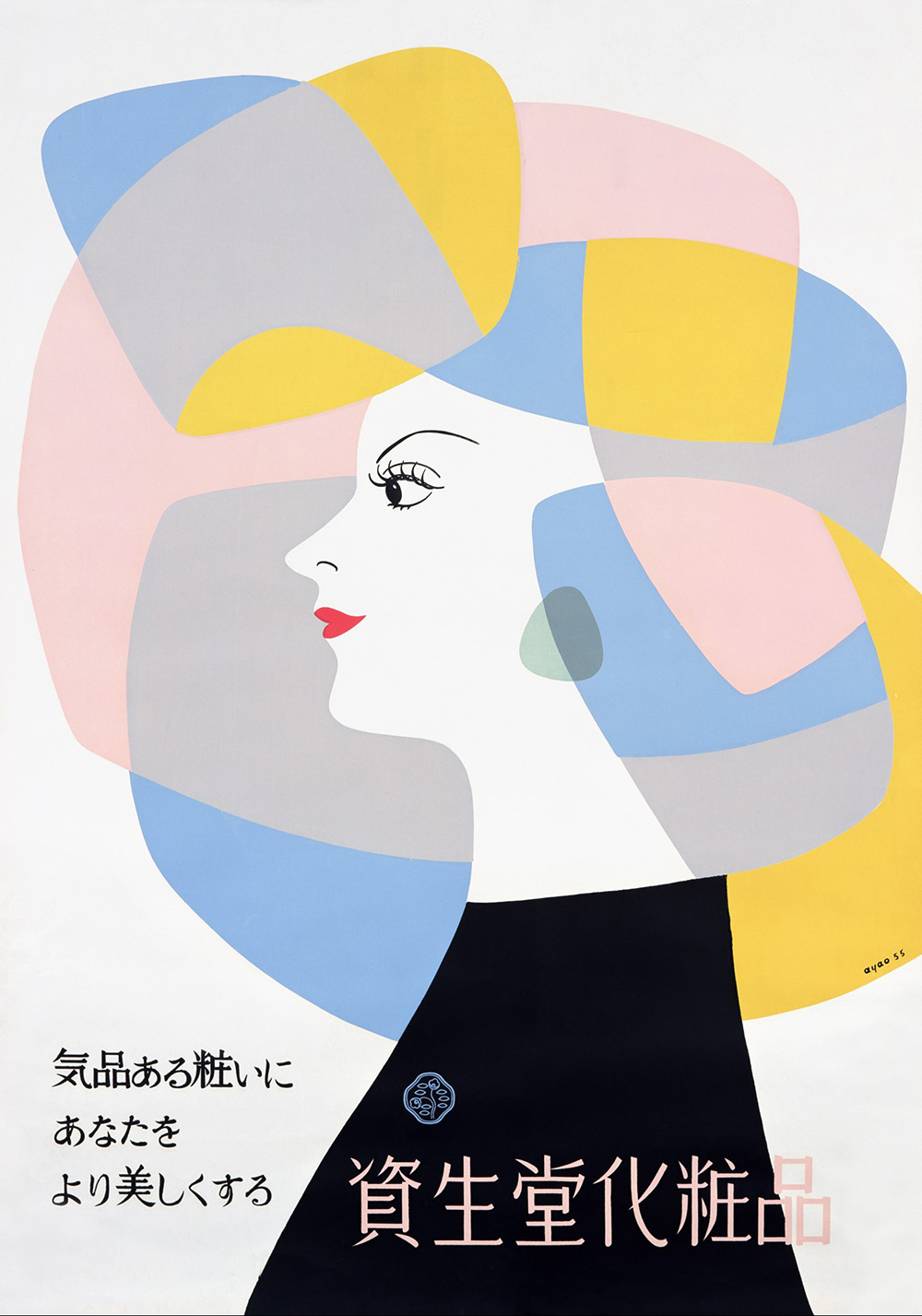
2003
Shiseido Parlour NAGOYA opened at JR Central Towers
2004
Shiseido Parlour NIHOMBASHI opened
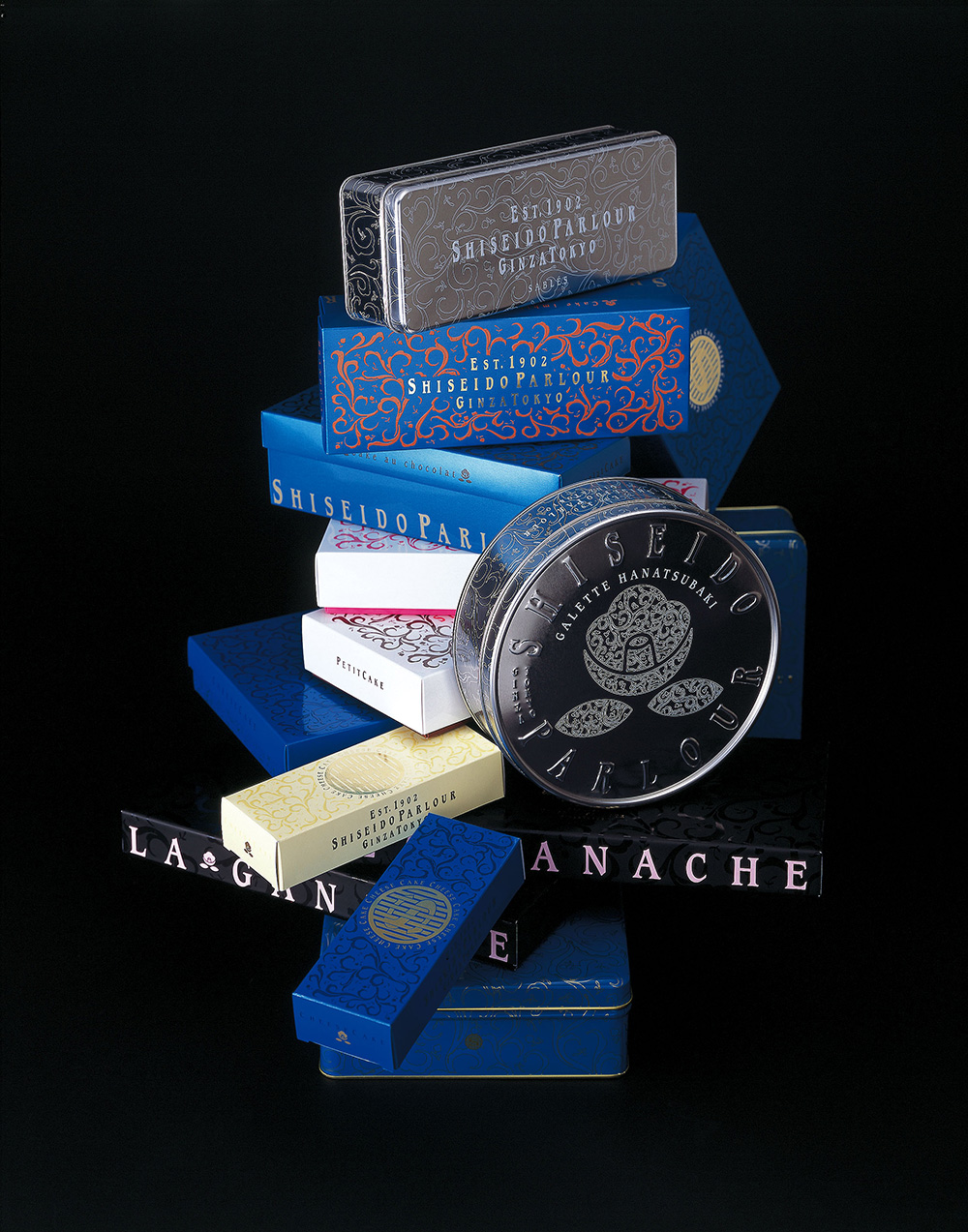
2007
March: The Western confectionery series renewed. The theme was "Neo-Classic.”
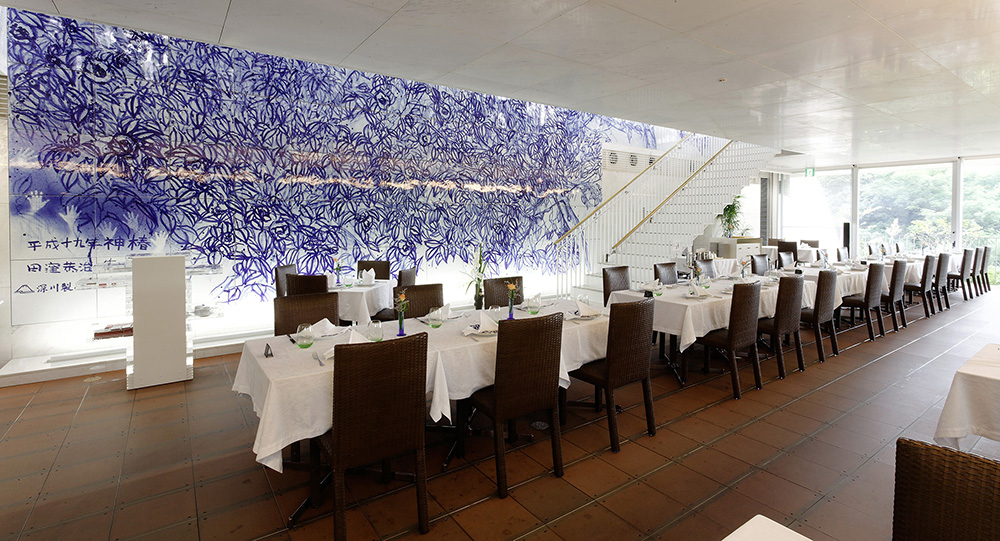
2007
November: Kotohiragu Shrine (Kagawa Prefecture) opened Café & Restaurant "KAMITSUBAKI."
2011
Our confectionery factory was awarded "Excellent Food Hygiene Facility" by the Minister of Health, Labour and Welfare.
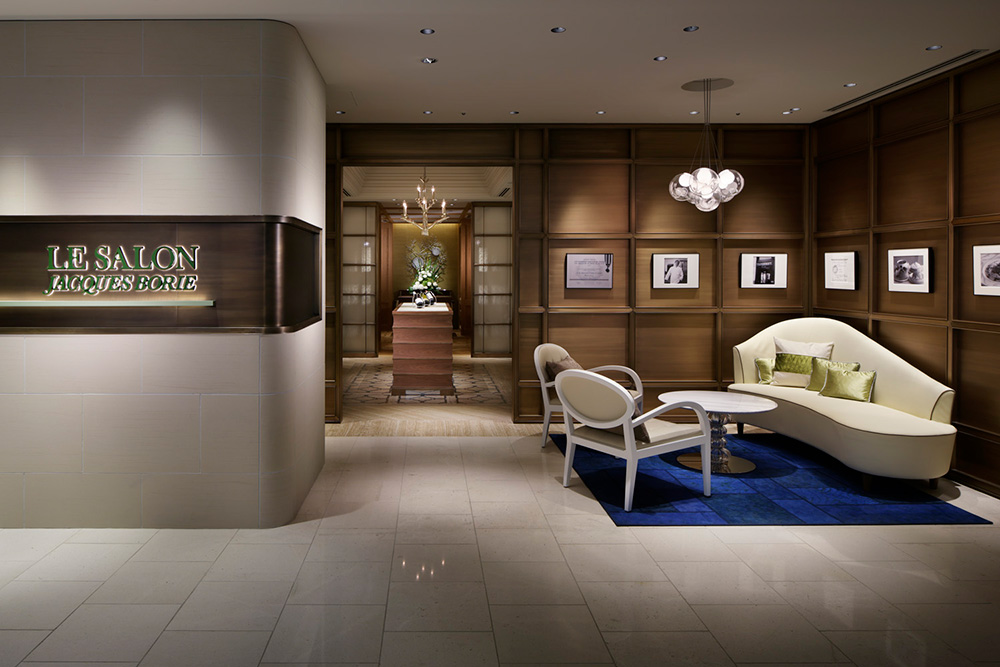
2012
"LE SALON JACQUE BORIE" cafe and cuisine opened at the Isetan Shinjuku store.
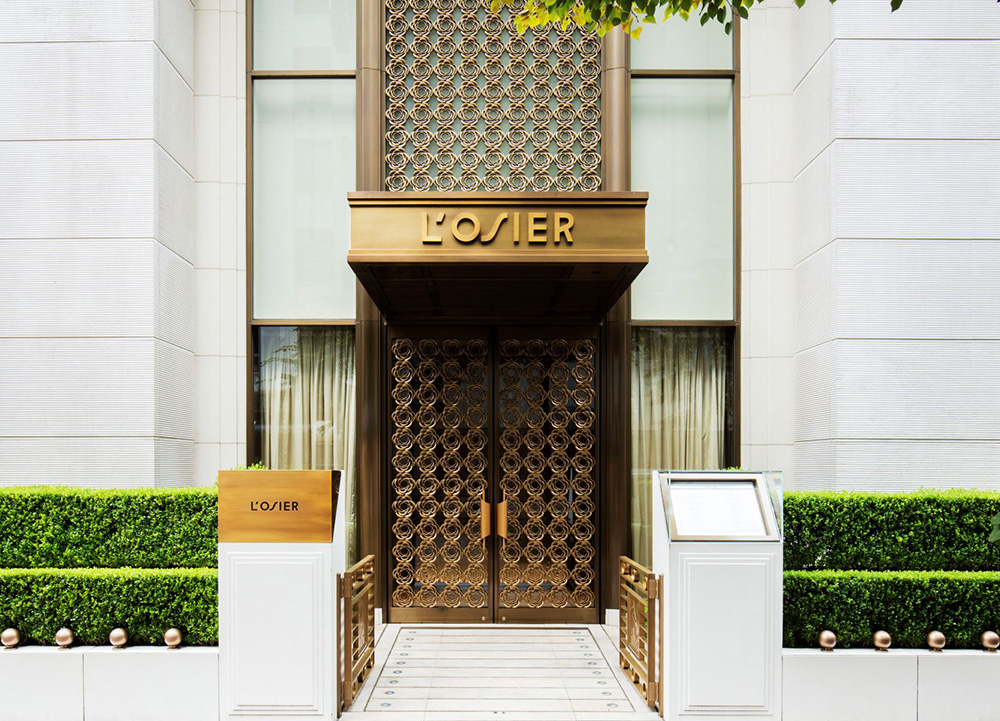
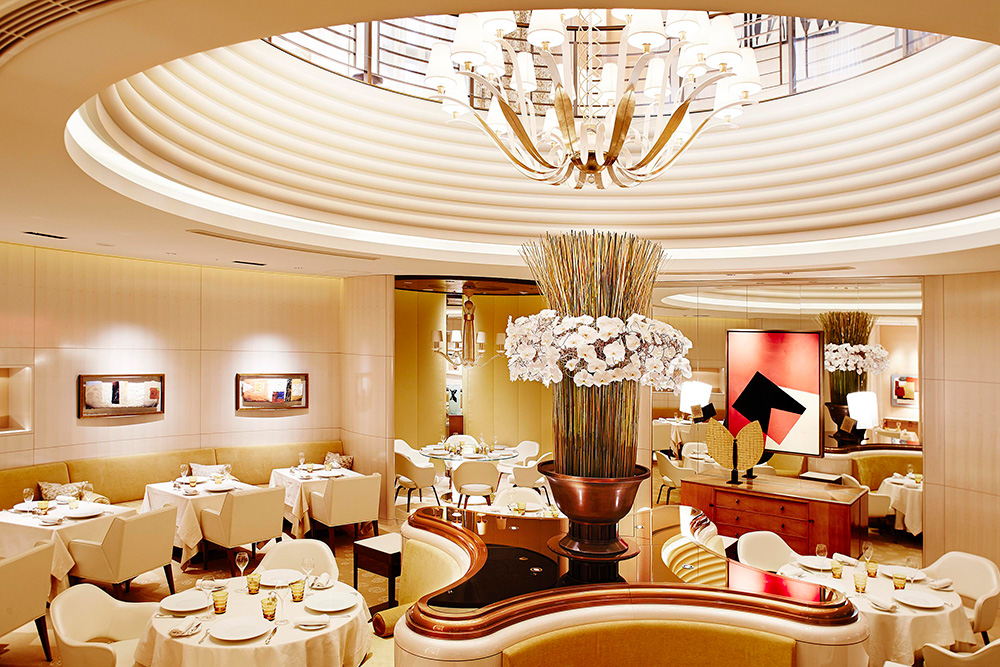
2013
"L’OSIER" reopened in the Shiseido Ginza Building.
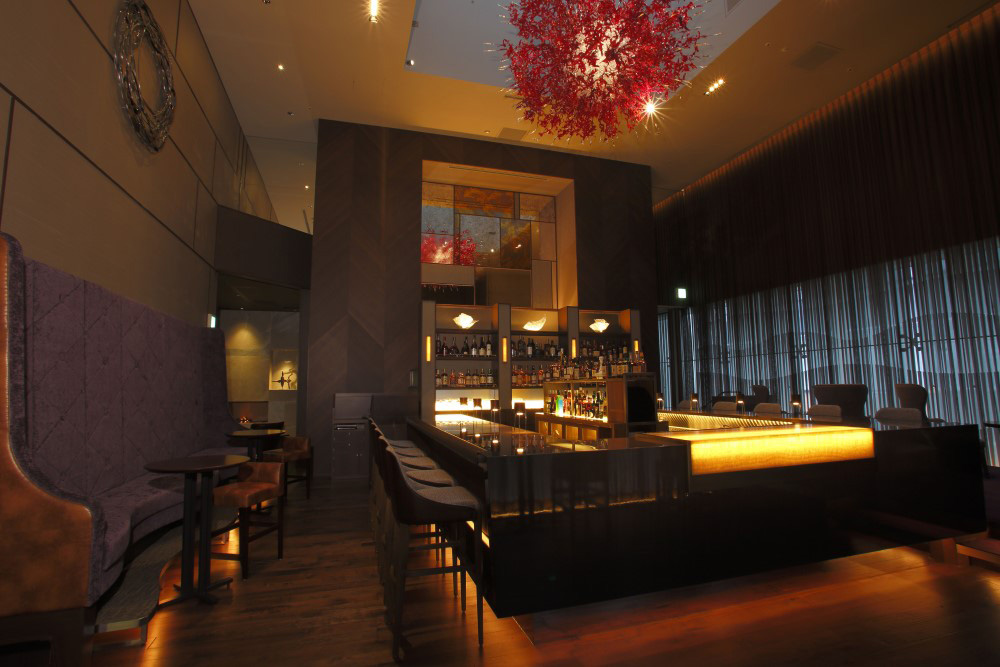
2015
June: "BAR S" opened on the top floor of the Tokyo Ginza Shiseido Building.
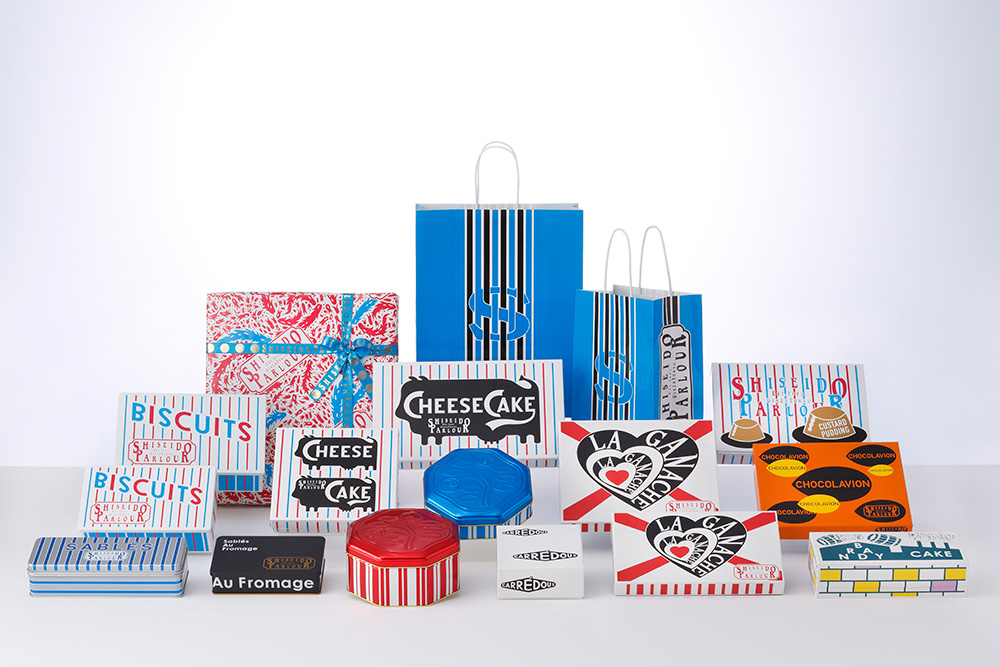
2015
October: Complete renewal of food products. The theme was "Ginza Avant-garde."
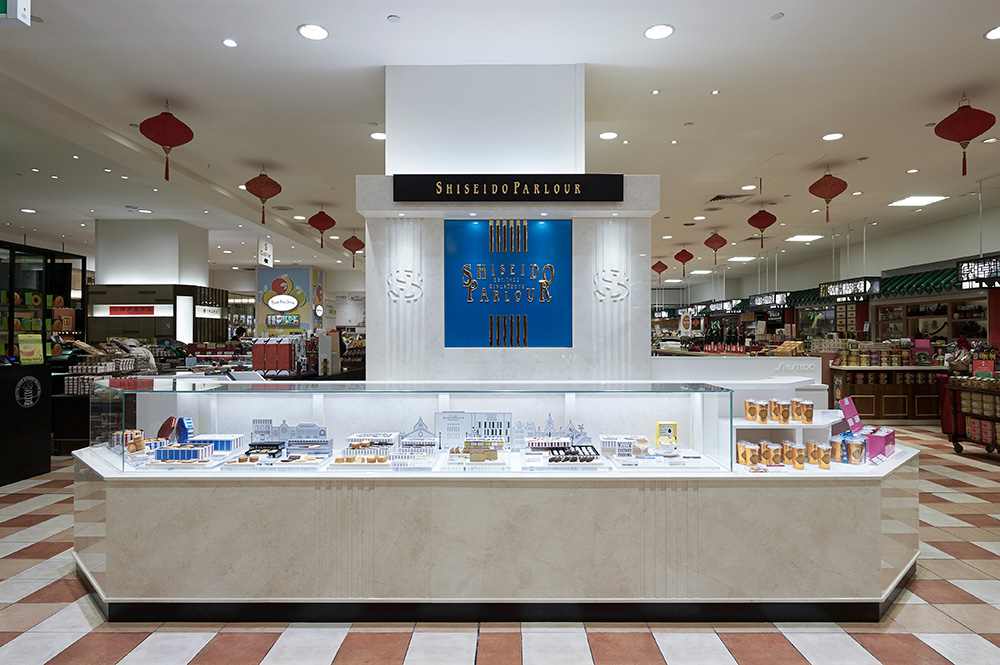
2016
August: Opened our first overseas store "Shiseido Parlour Singapore Takashimaya Store."
2016
September: Supervised our first collaborative in-flight meal "Shiseido Parlour for Resort" on Japan Airlines’ Honolulu flights.
2017
115th anniversary of the company's founding
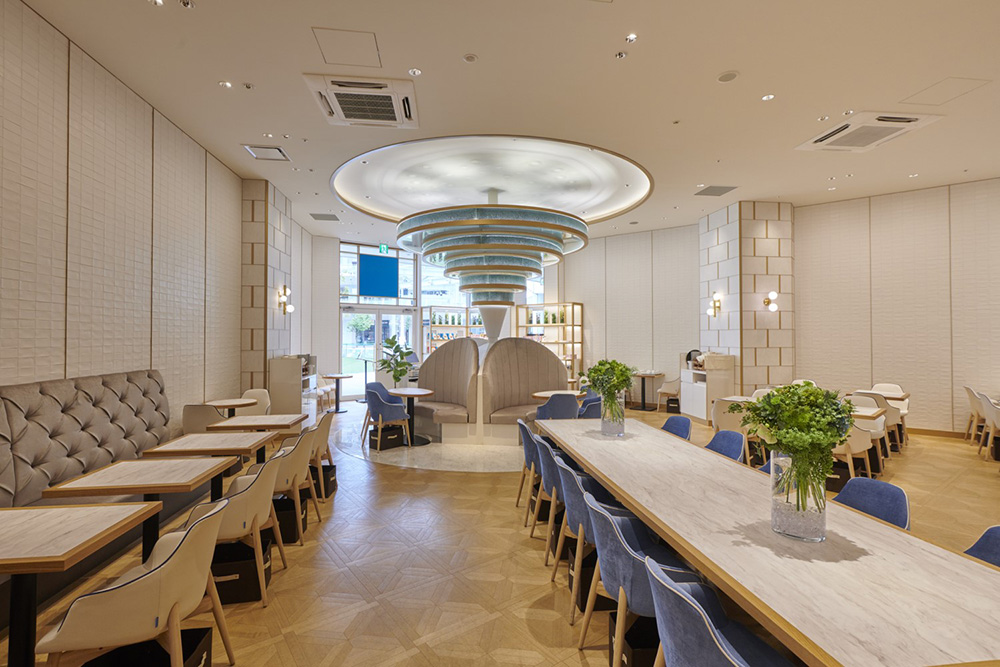
2018
May: Opened "Shiseido Parlour Salon de Café Lazona Kawasaki Shop.”
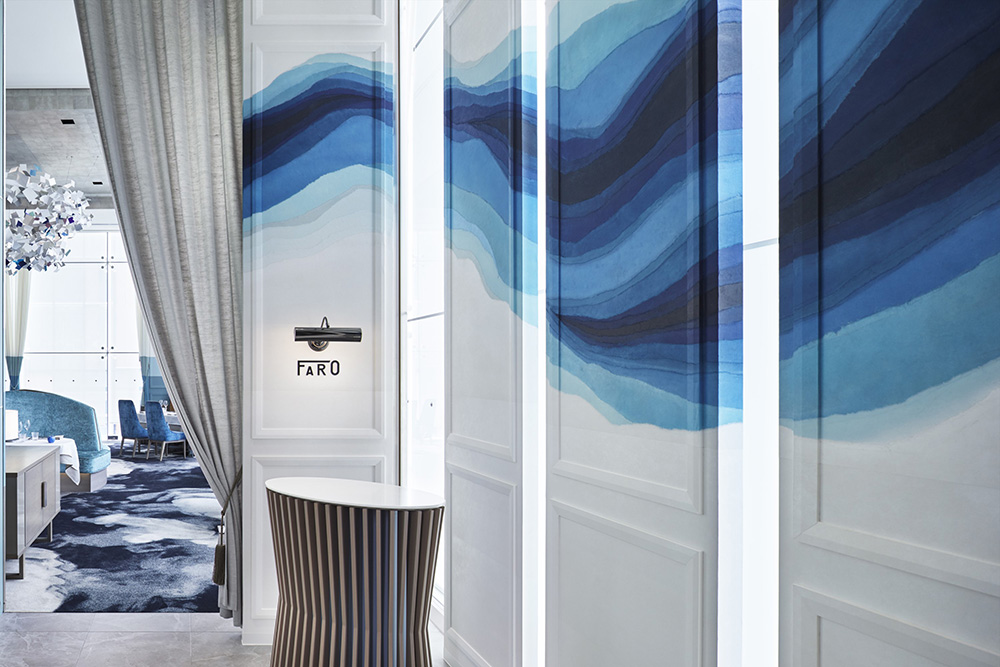
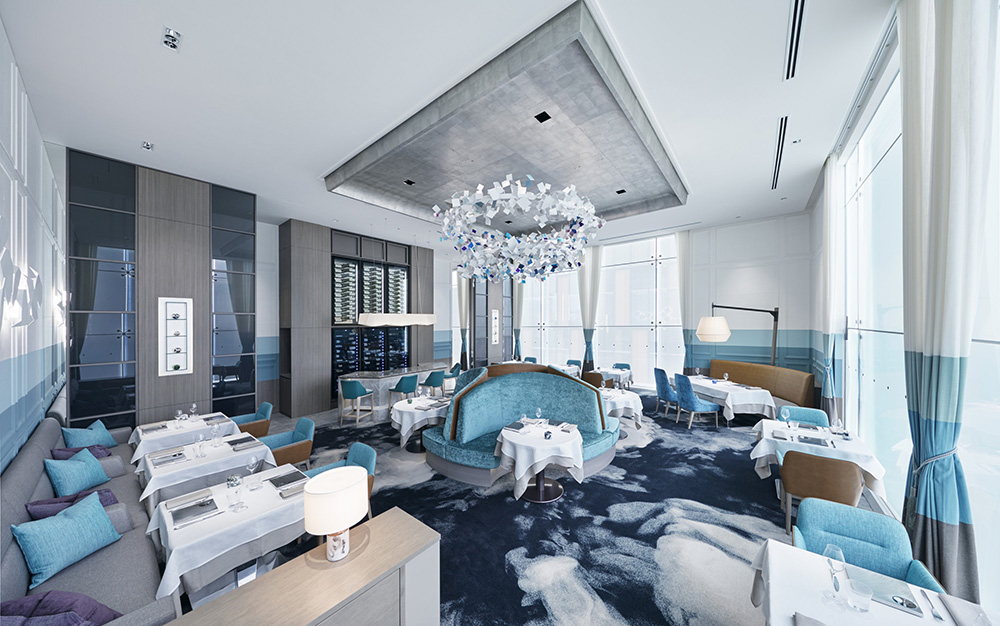
2018
October: New "FARO" opened
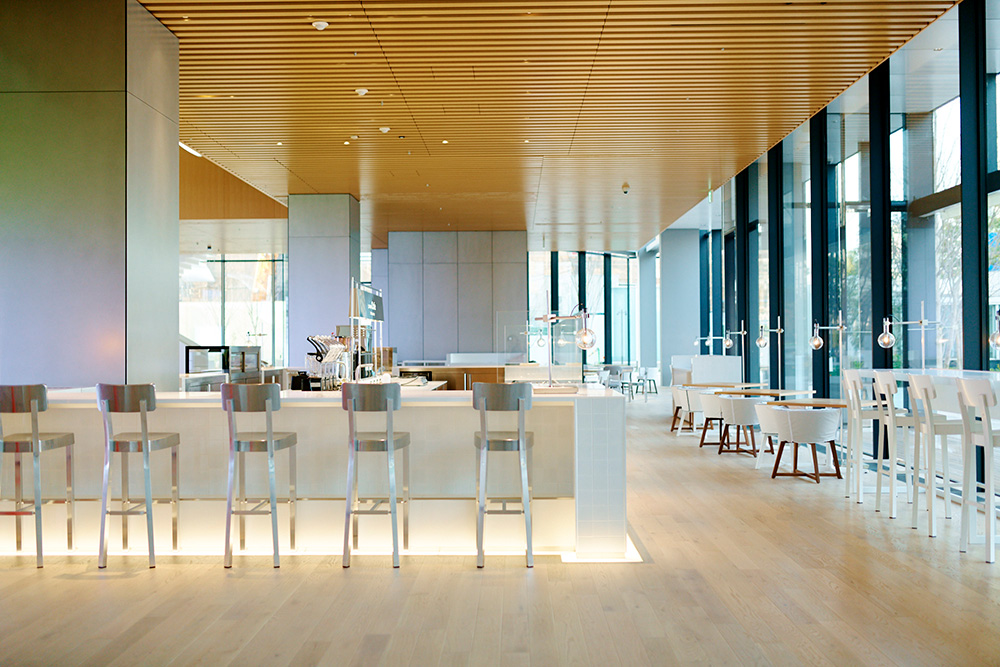
2019
"S PARK Café" opened at Shiseido Global Innovation Center.


2019
May: Shiseido Parlour JIYUGAOKA opened.
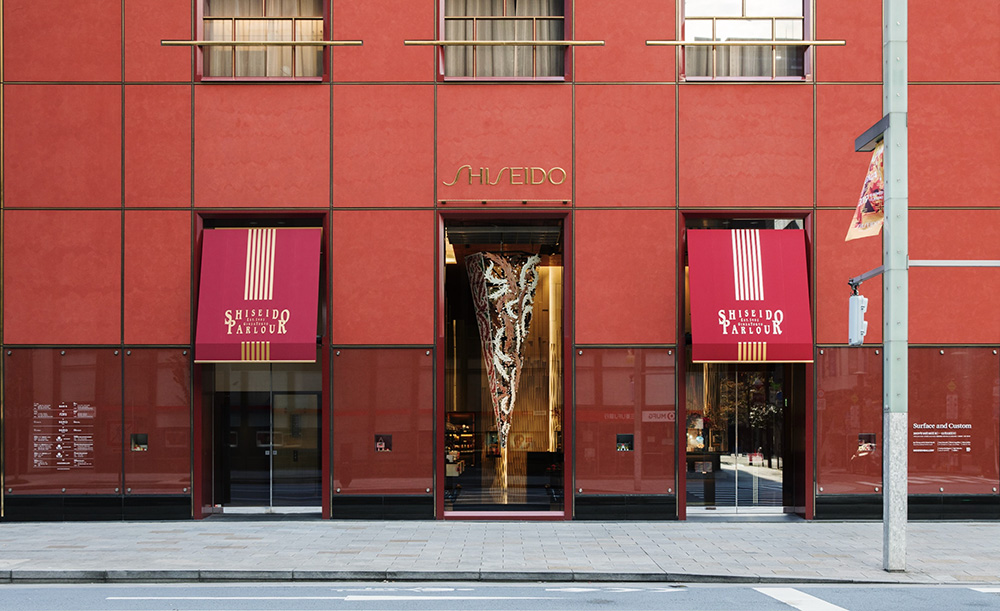
November: The following shops in Tokyo Ginza Shiseido Building reopened after renovations: 1st Floor Ginza Main Store Shop; 3rd Floor Ginza Main Store Salon de Café, 4th & 5th Floor Ginza Main Store Restaurant; 8th Floor Salon; 9th Floor Word Hall.
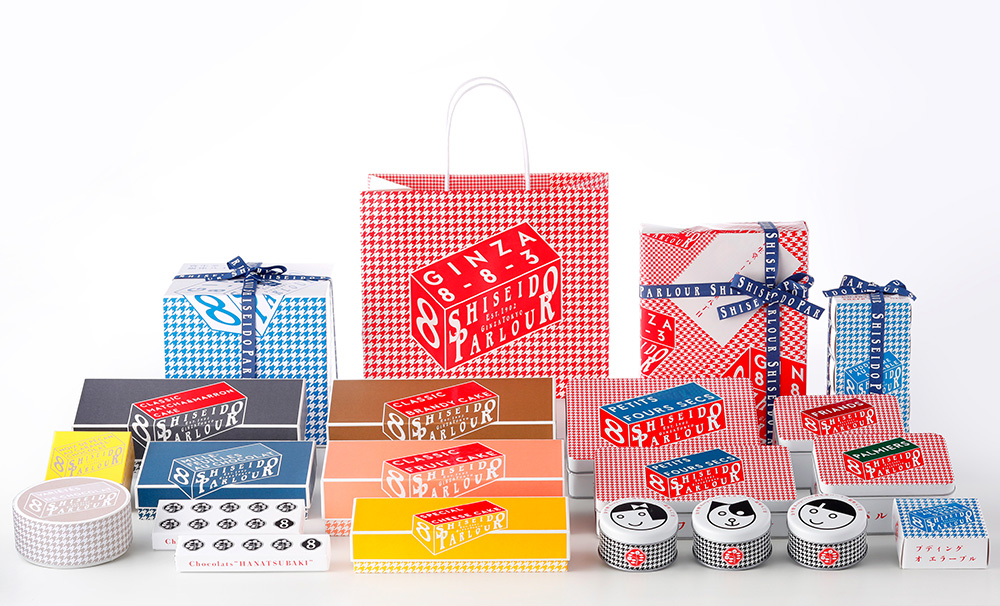
Ginza Main Store limited-edition products have their packaging updated.
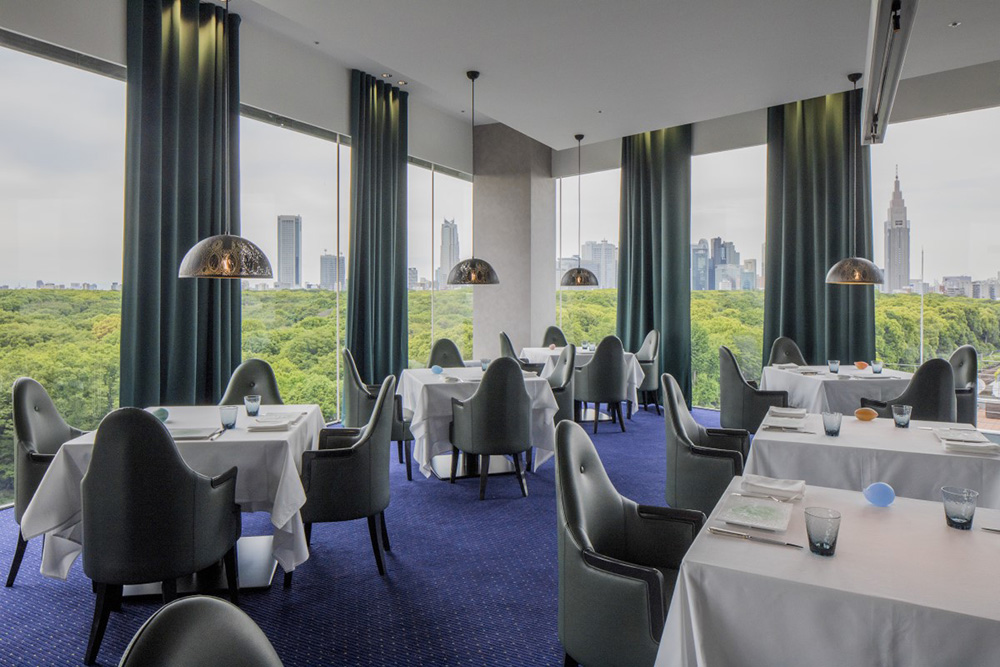
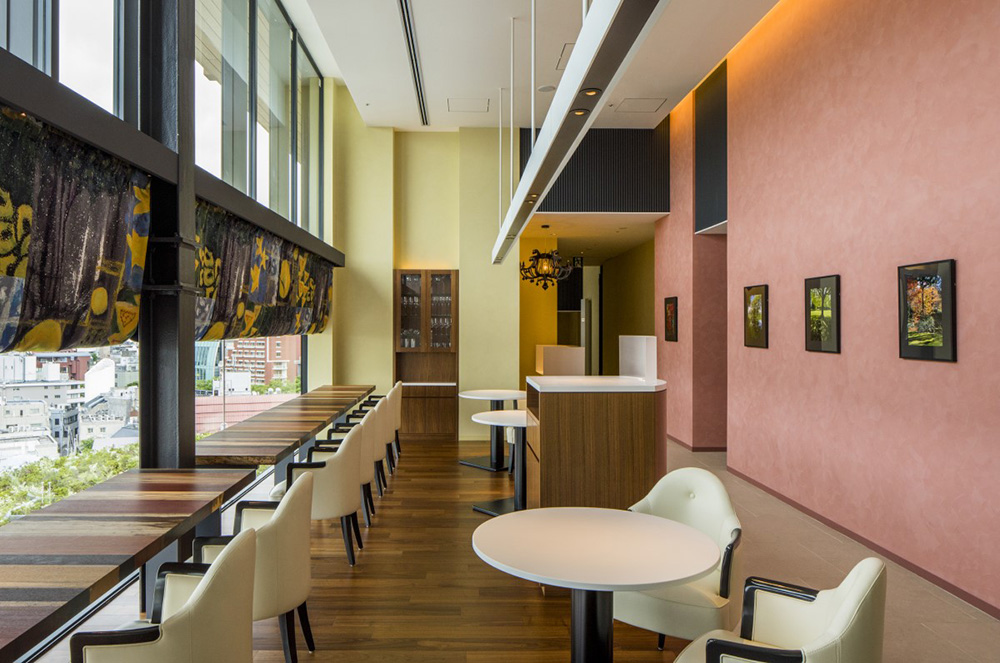
2020
"Shiseido Parlour THE HARAJUKU" opened in June.
2022
Celebrated the 120th anniversary of our founding.